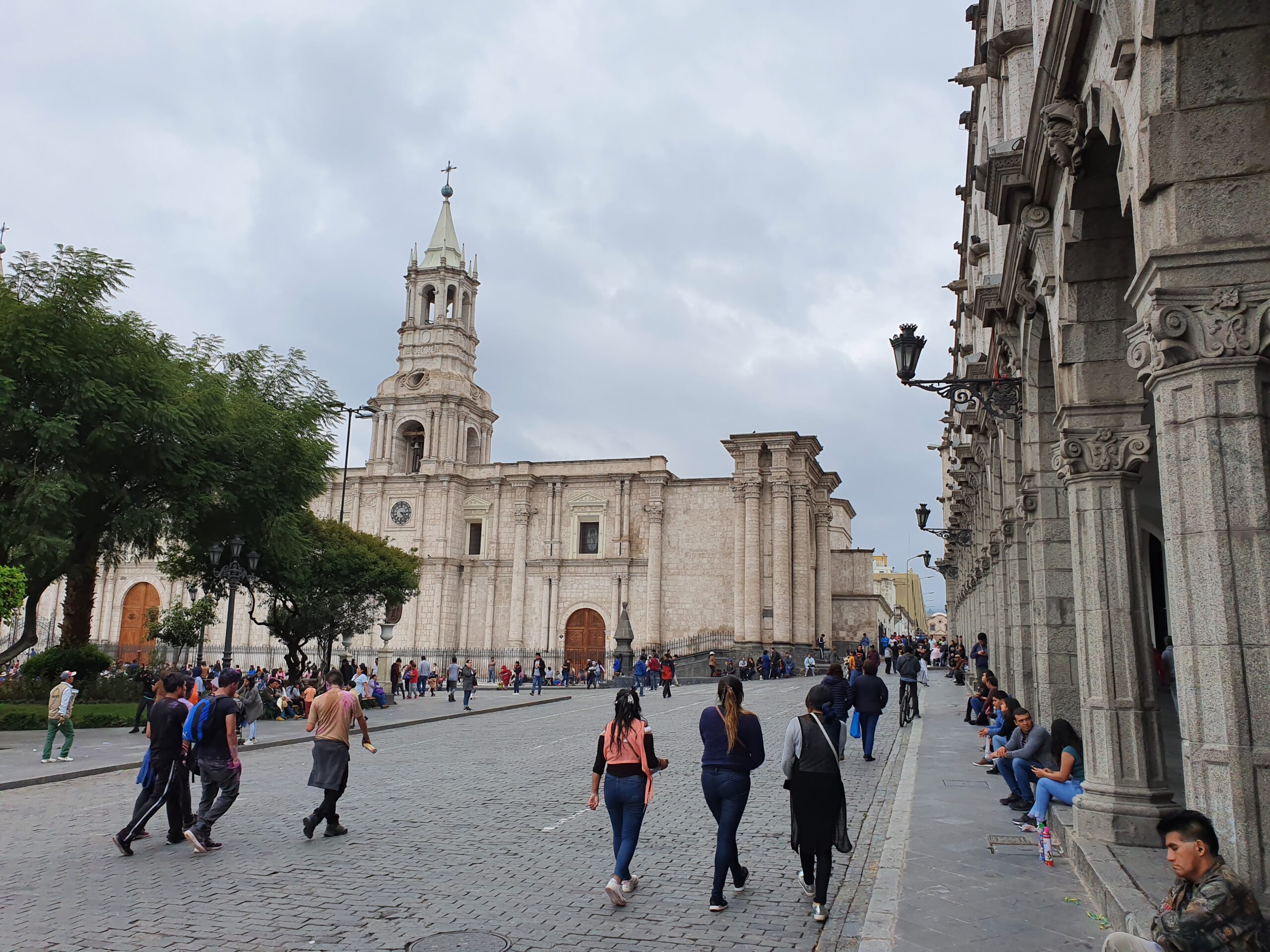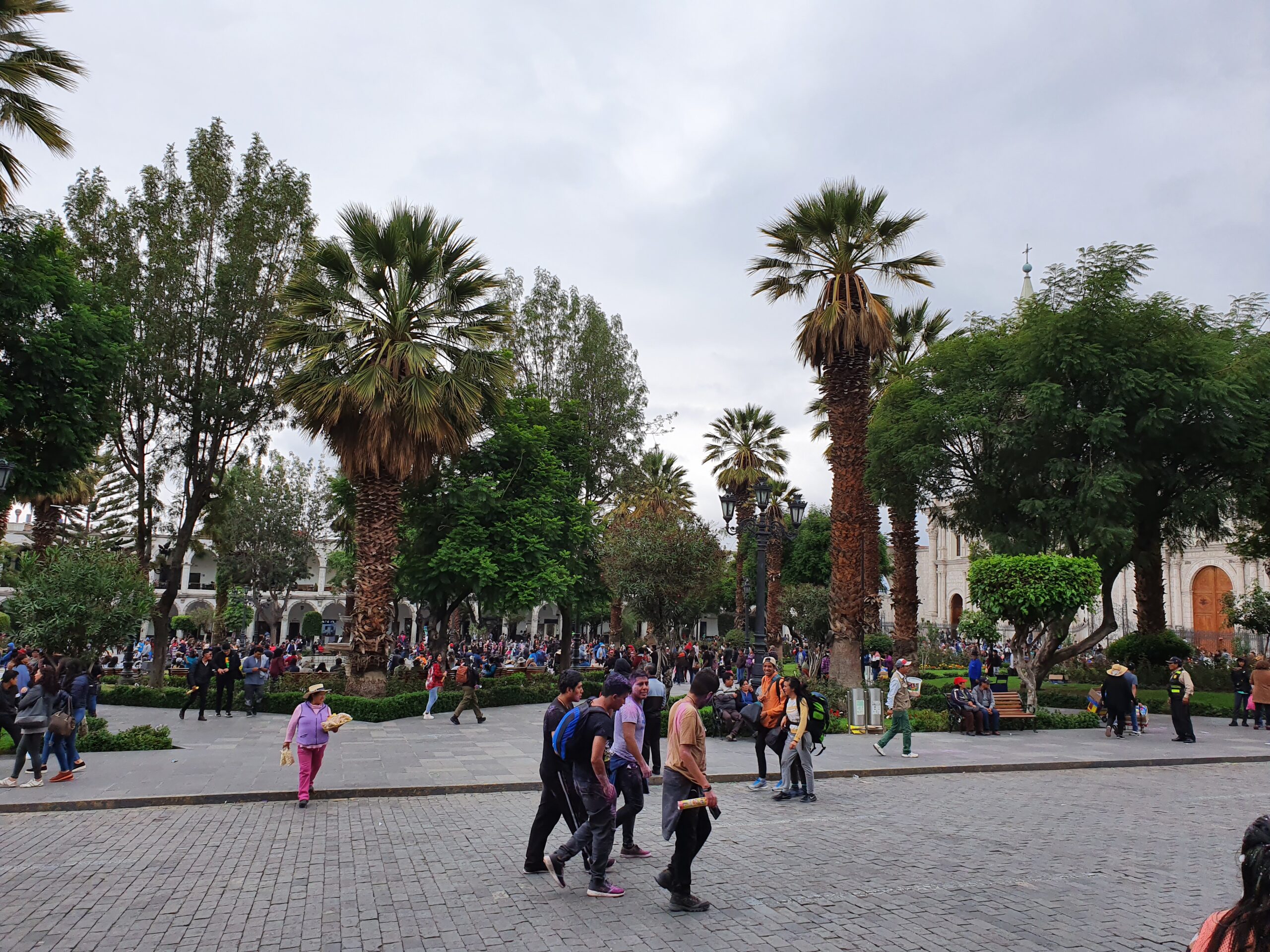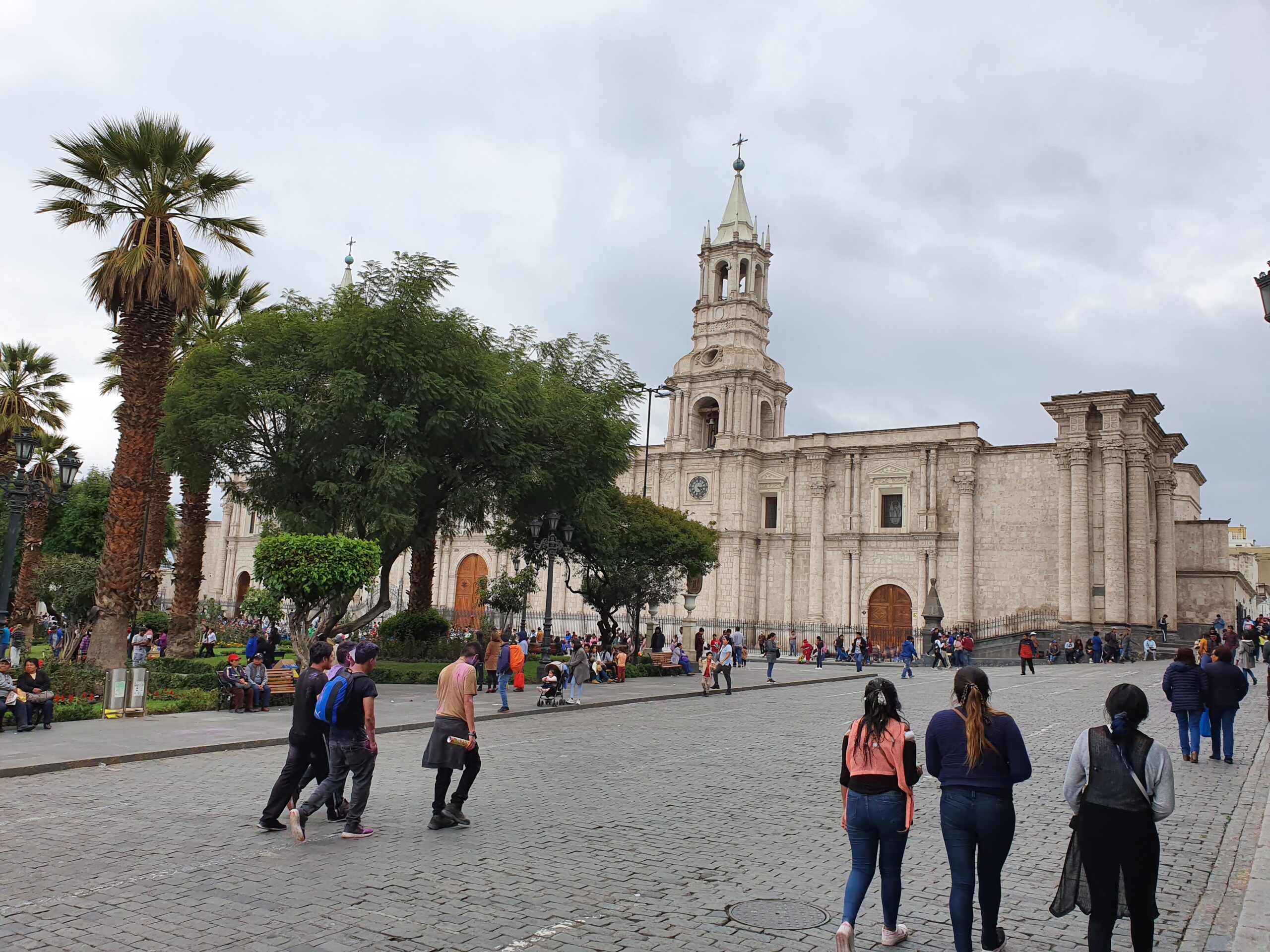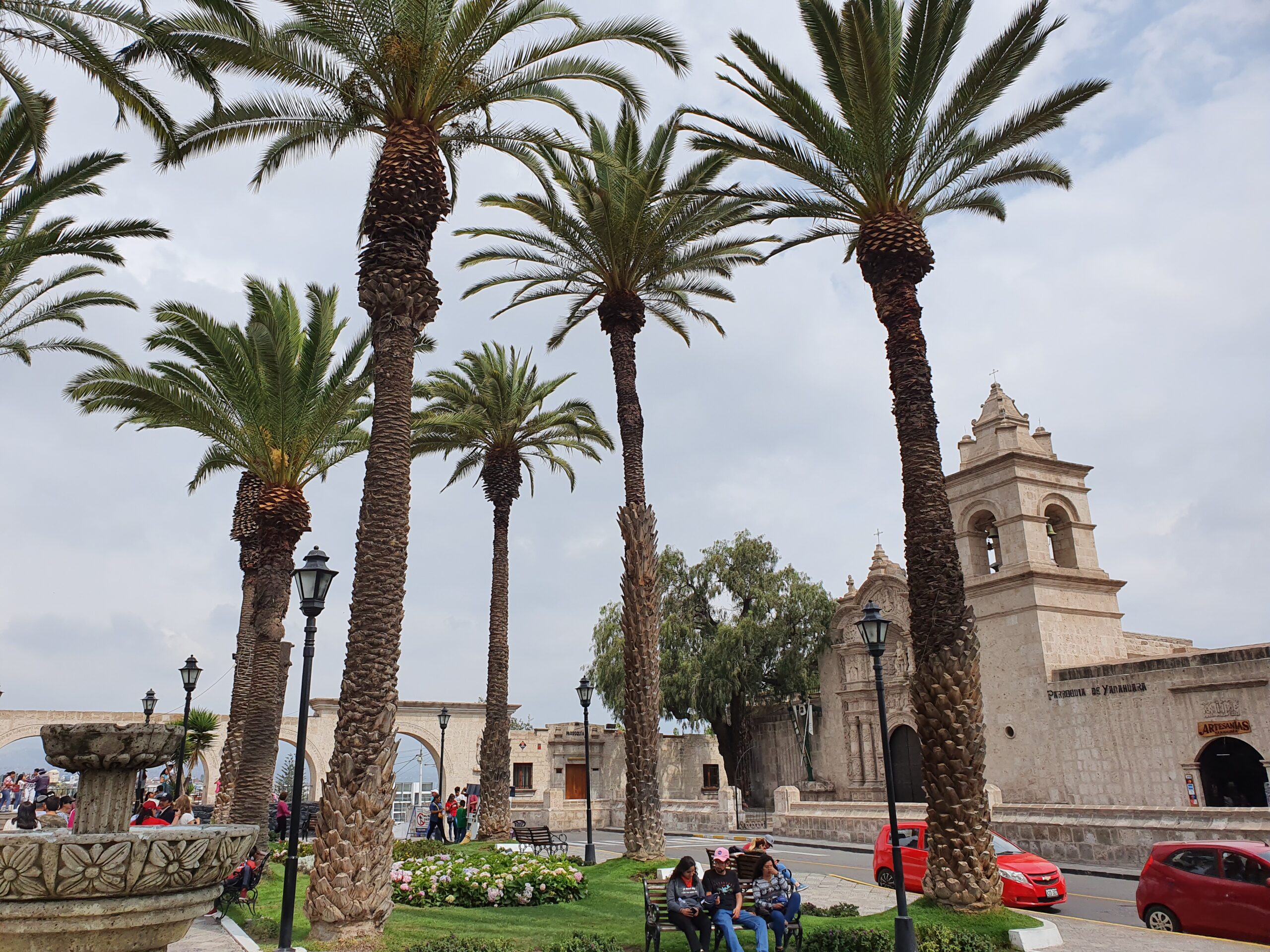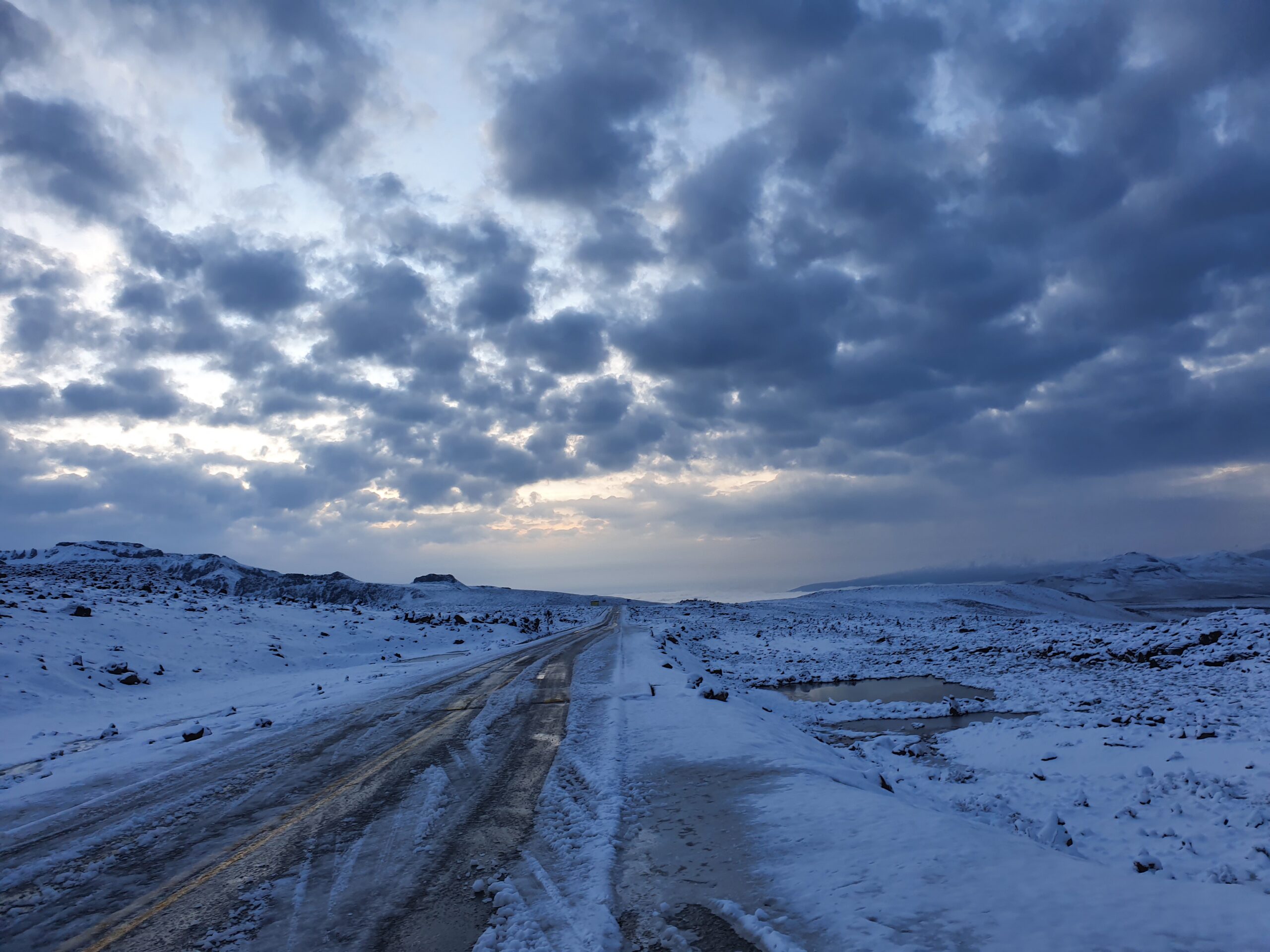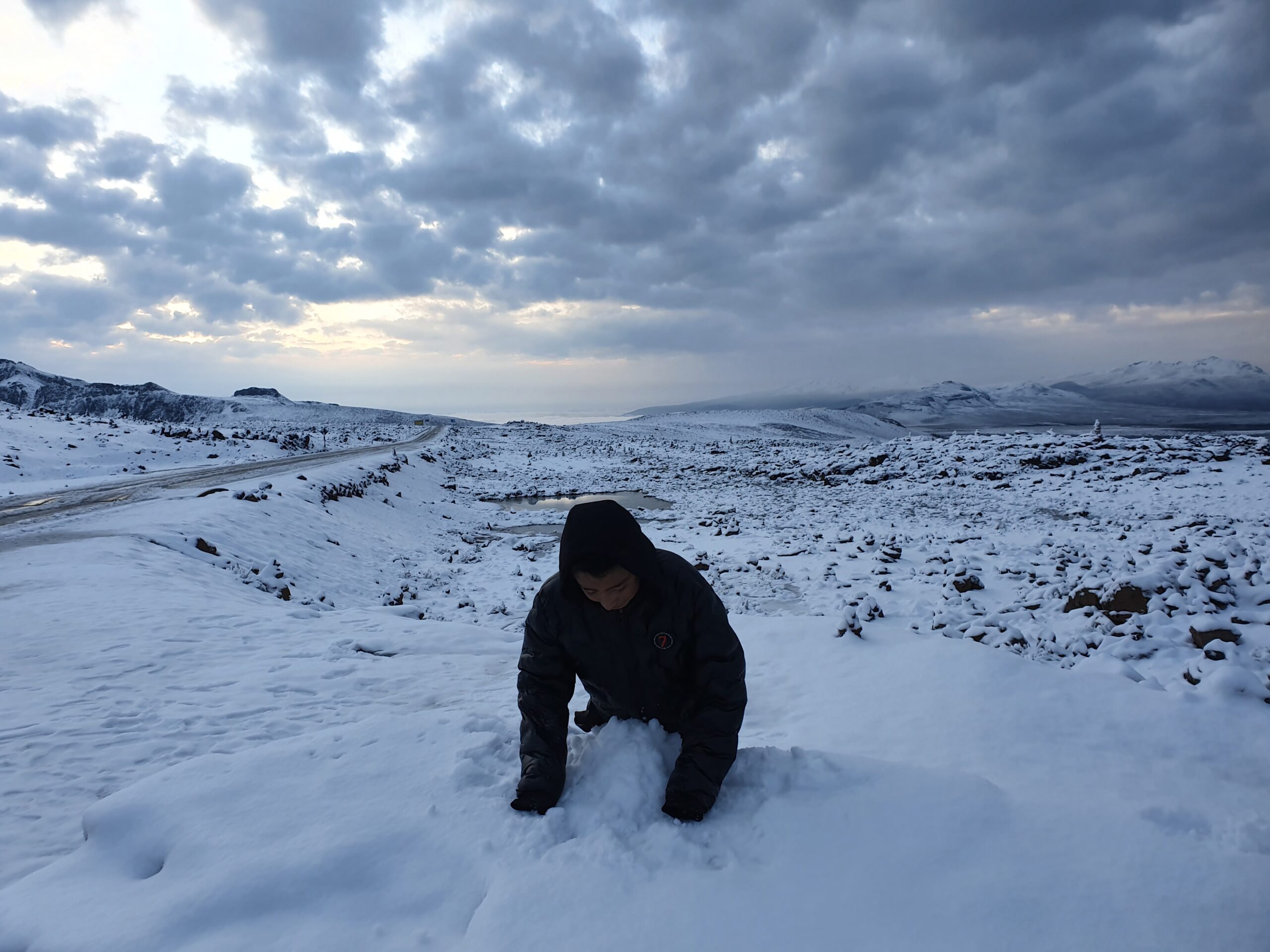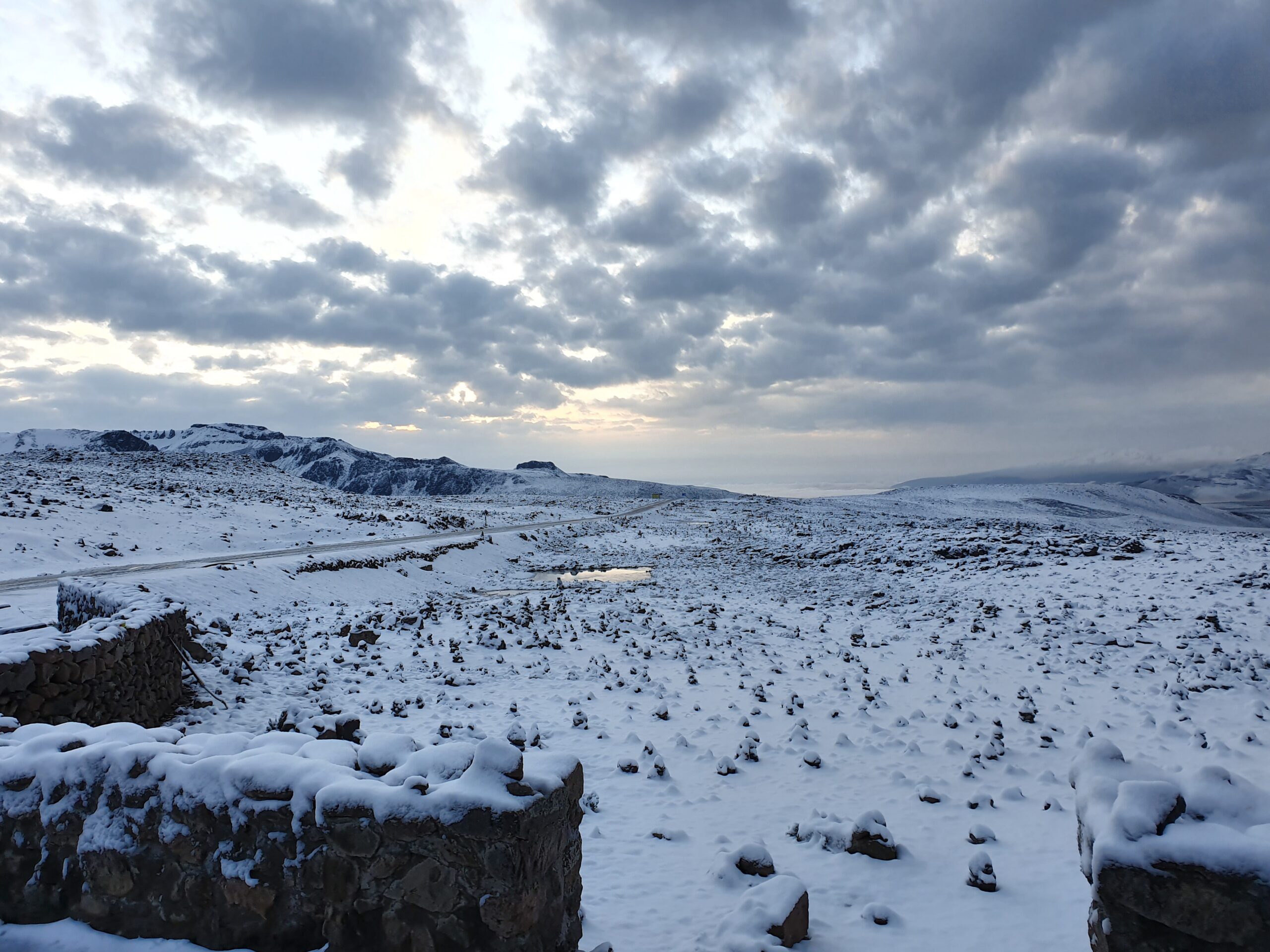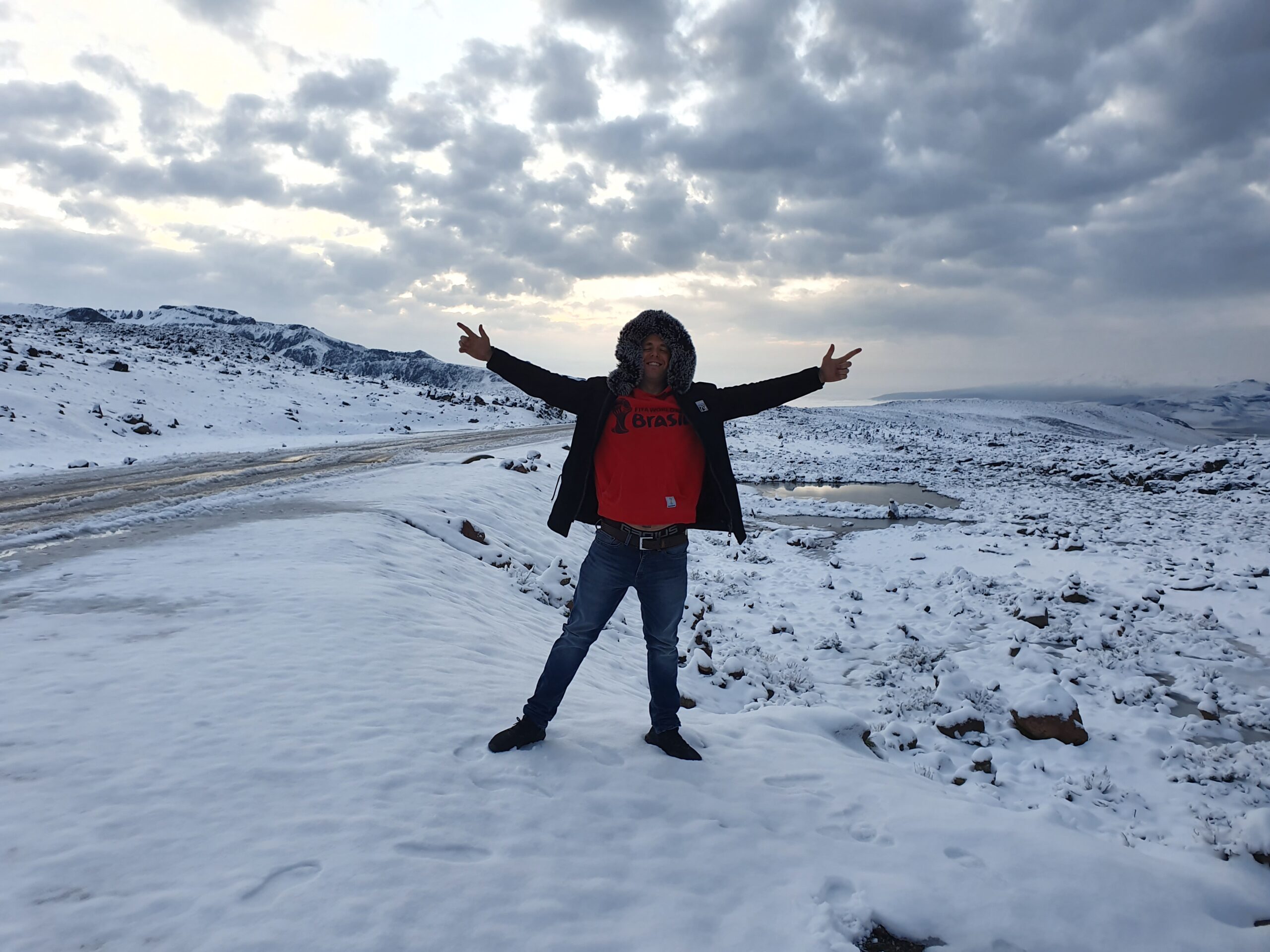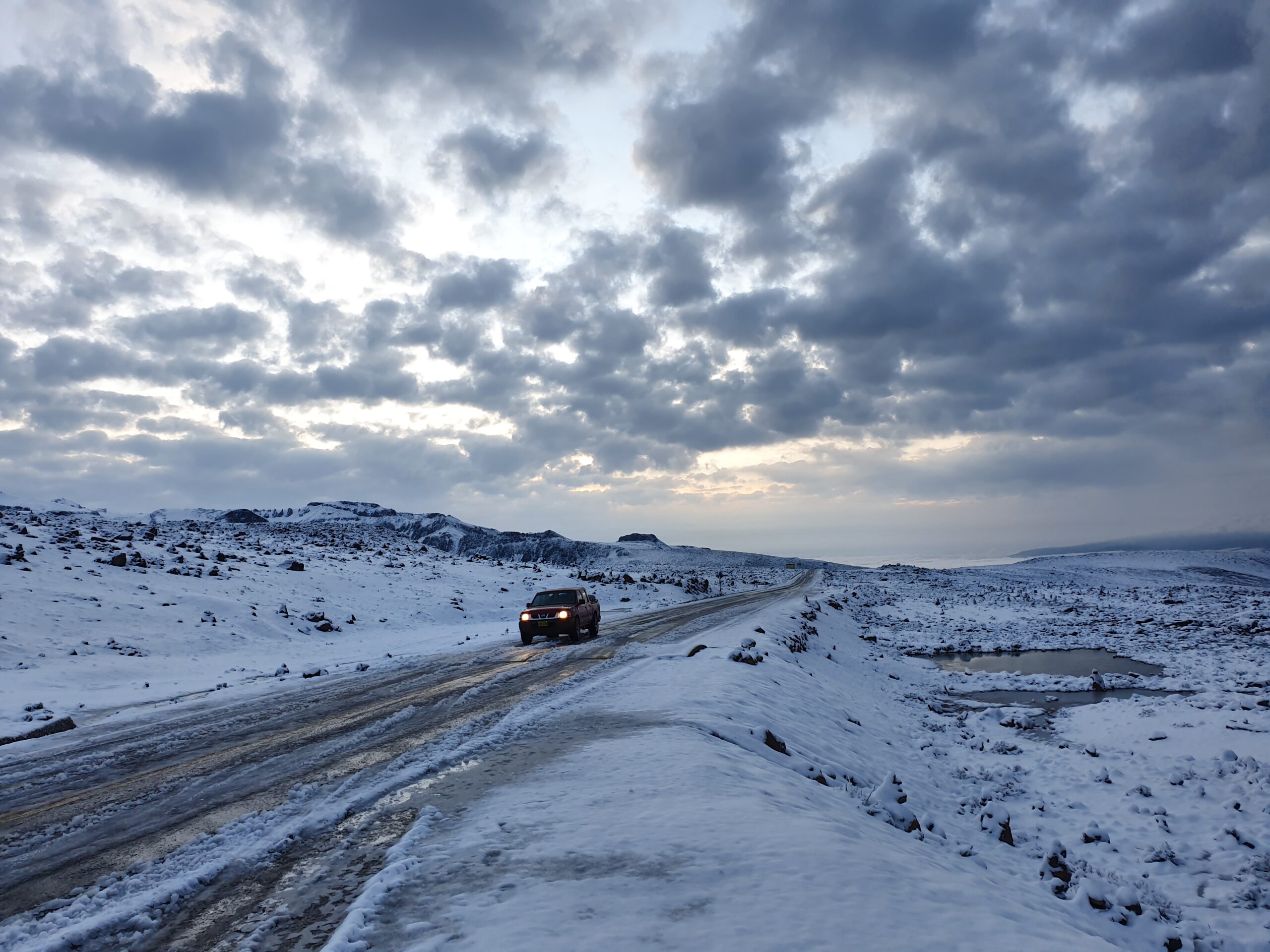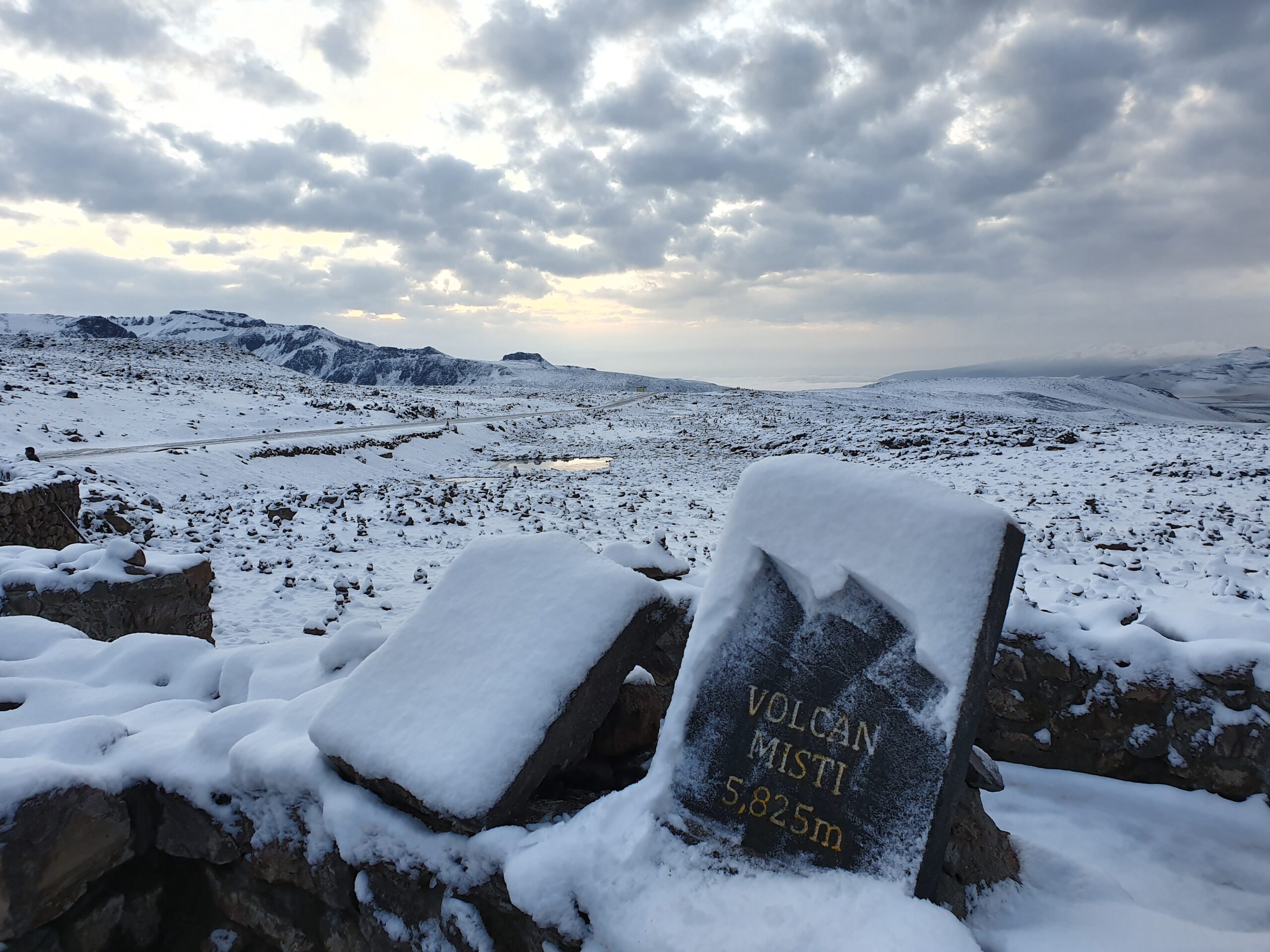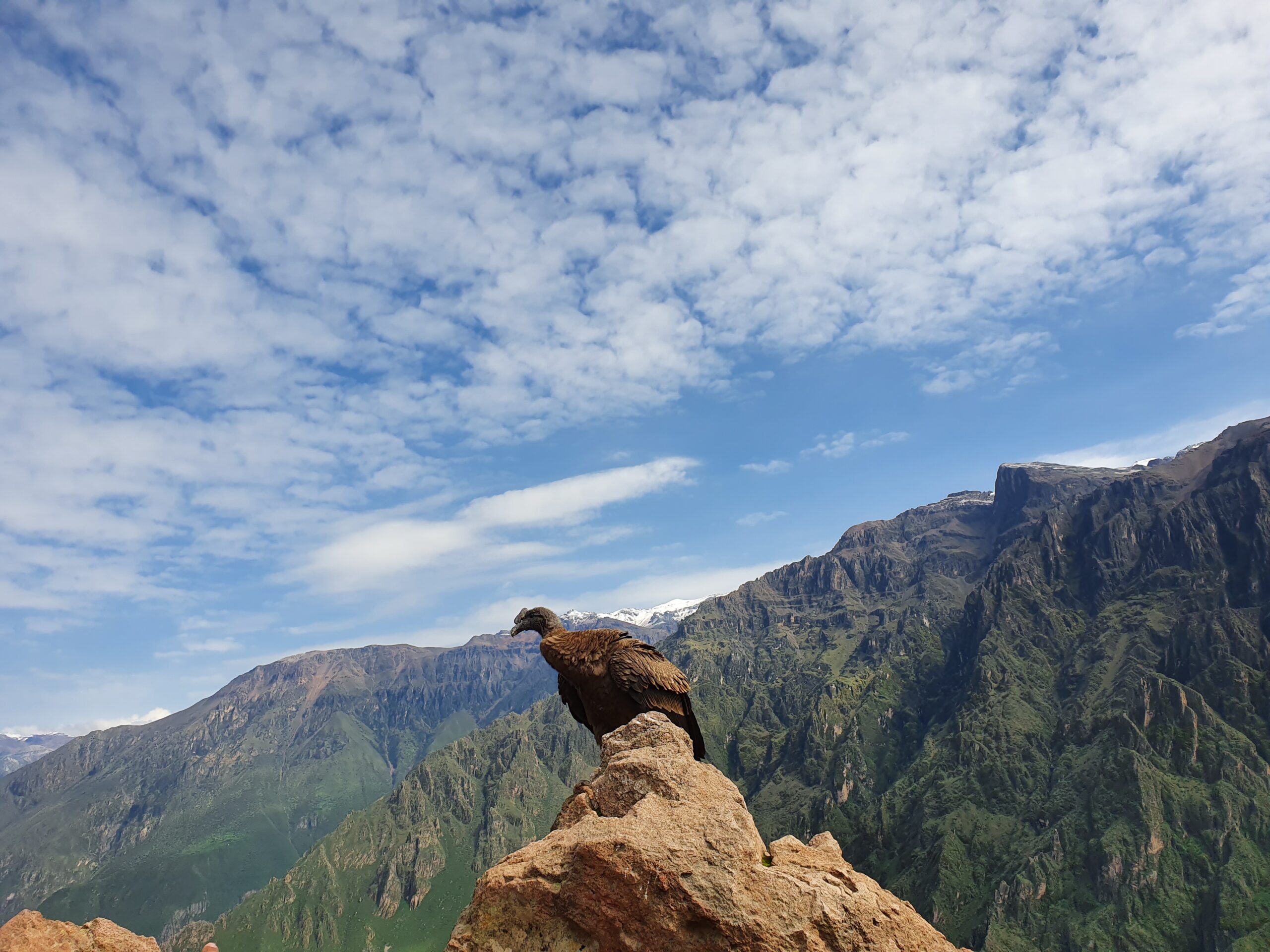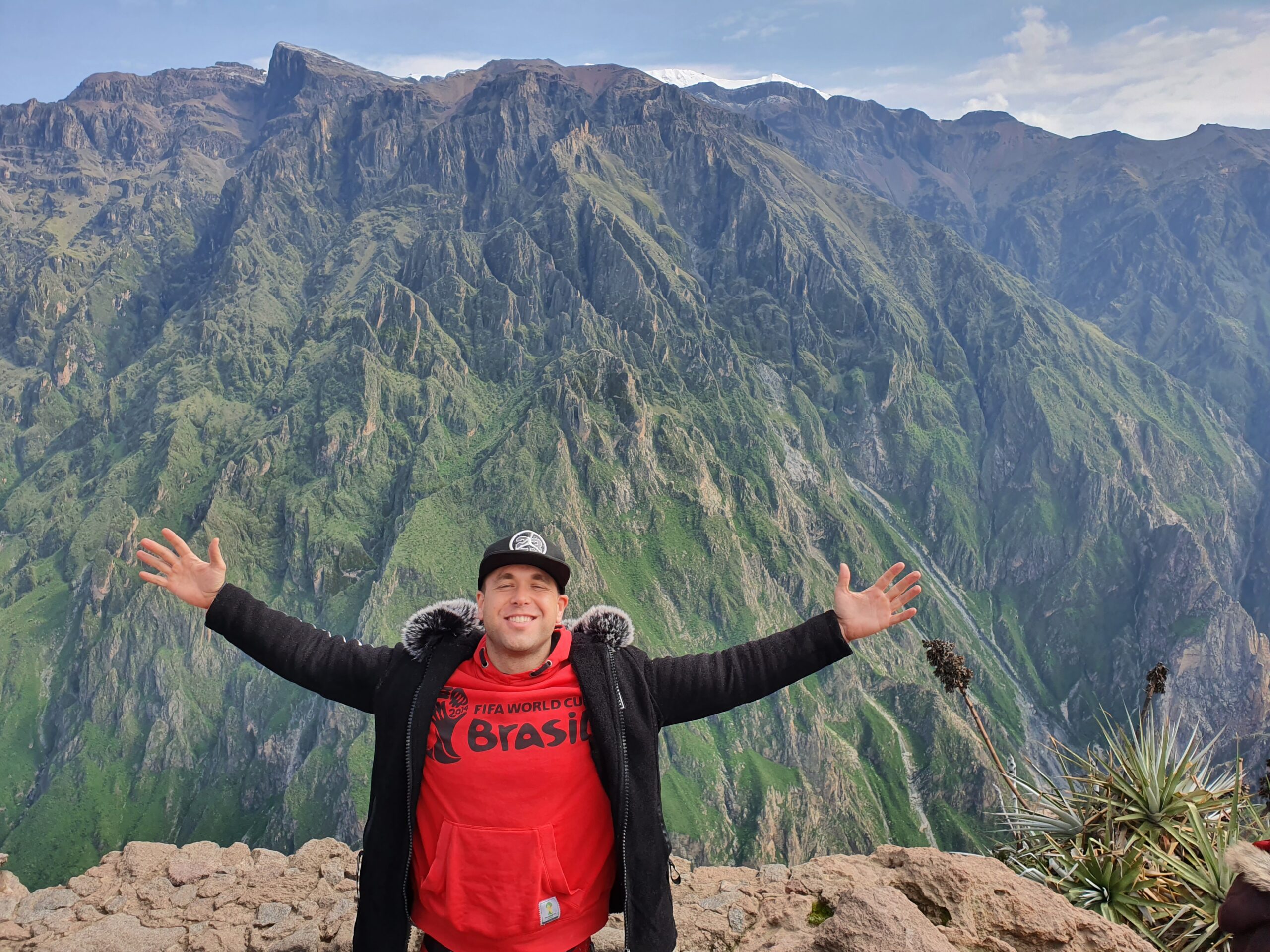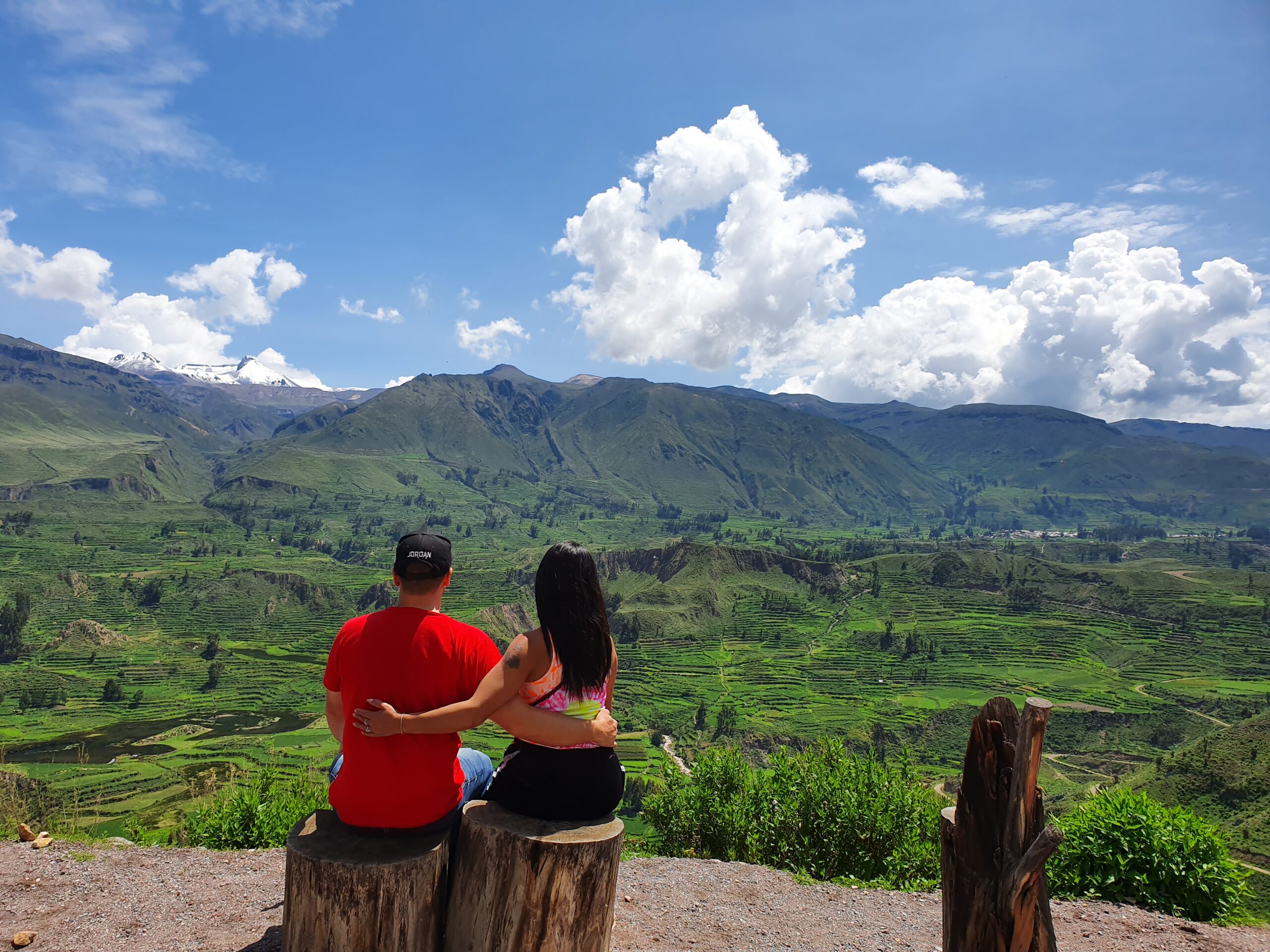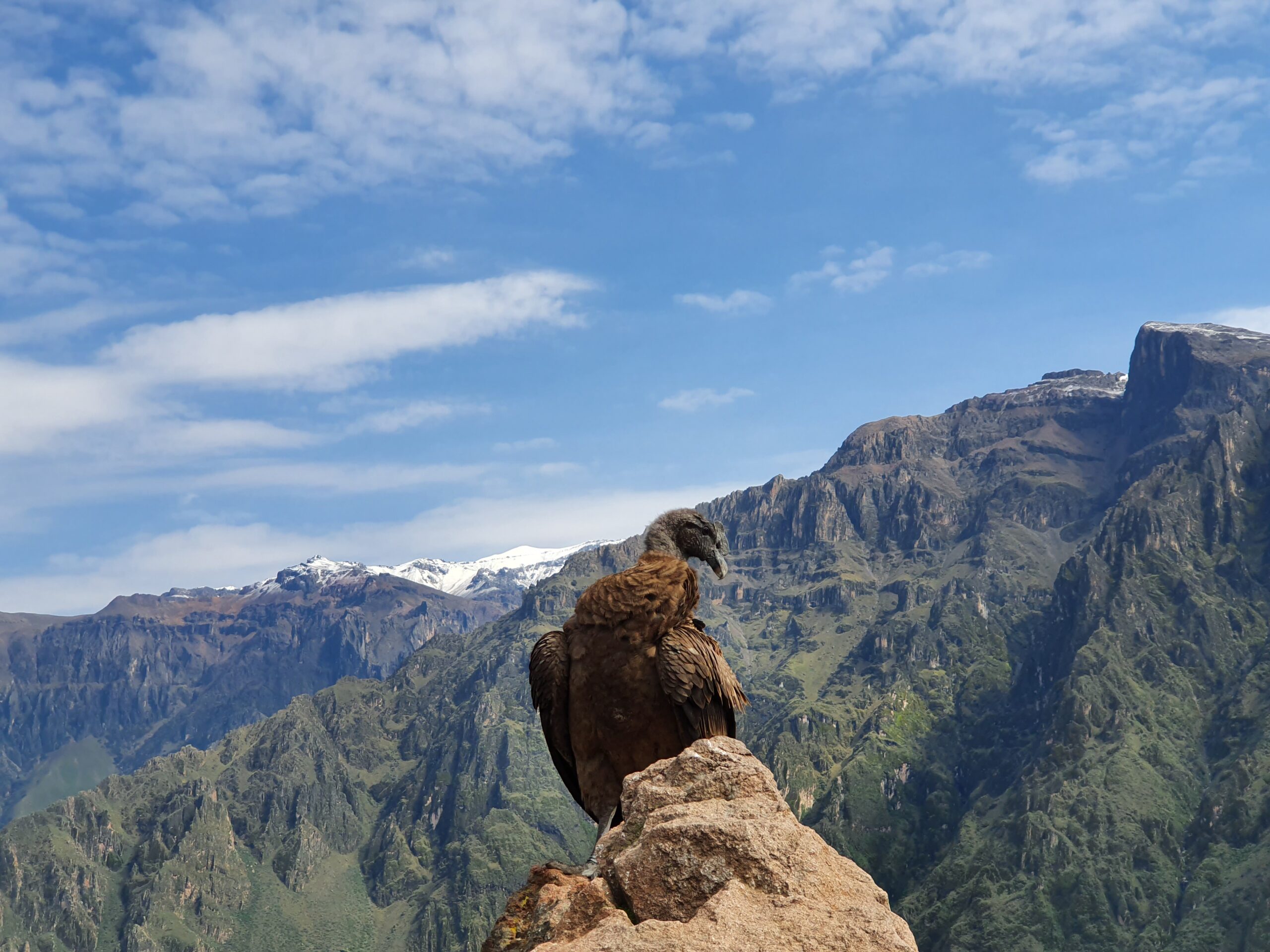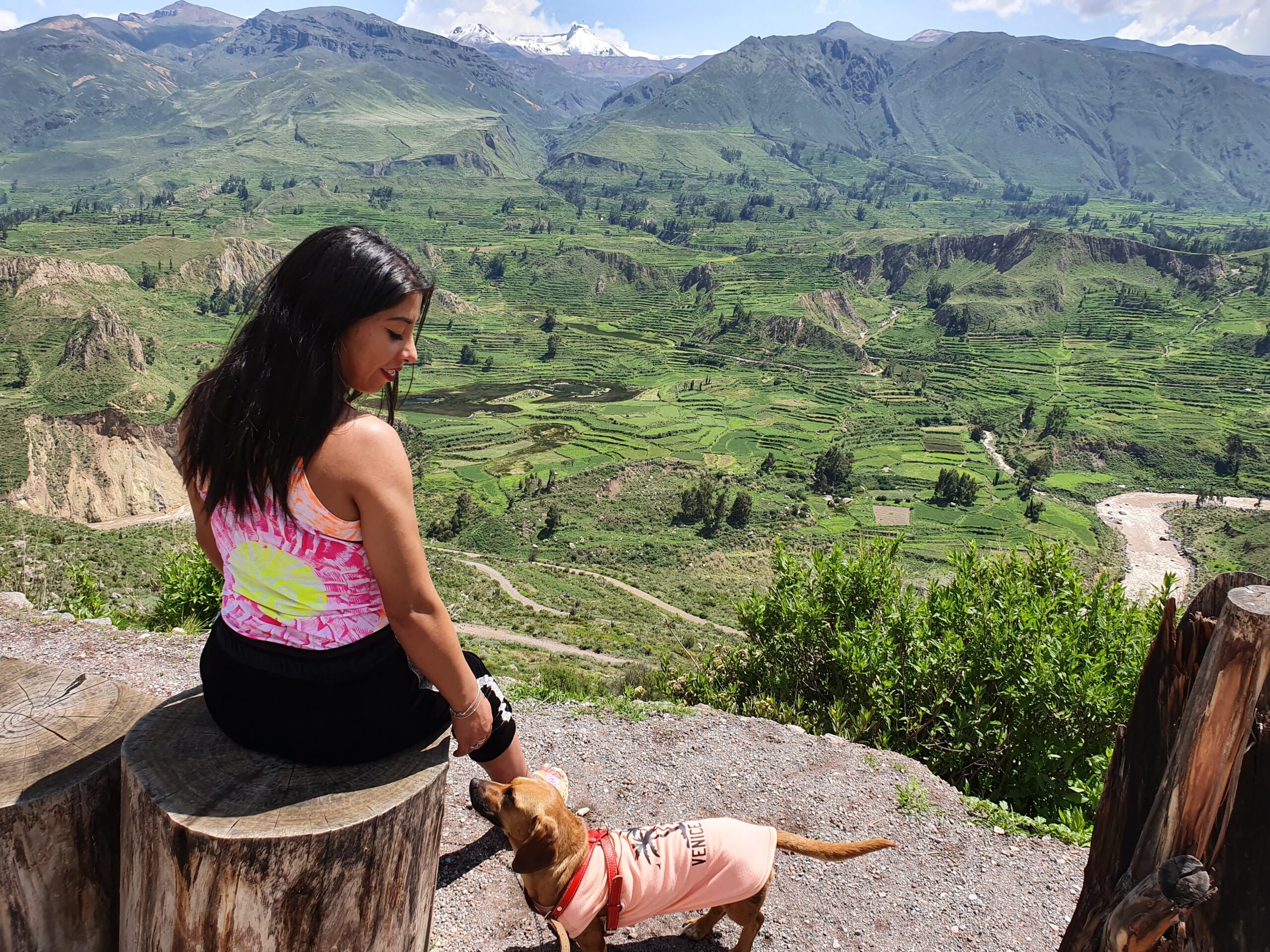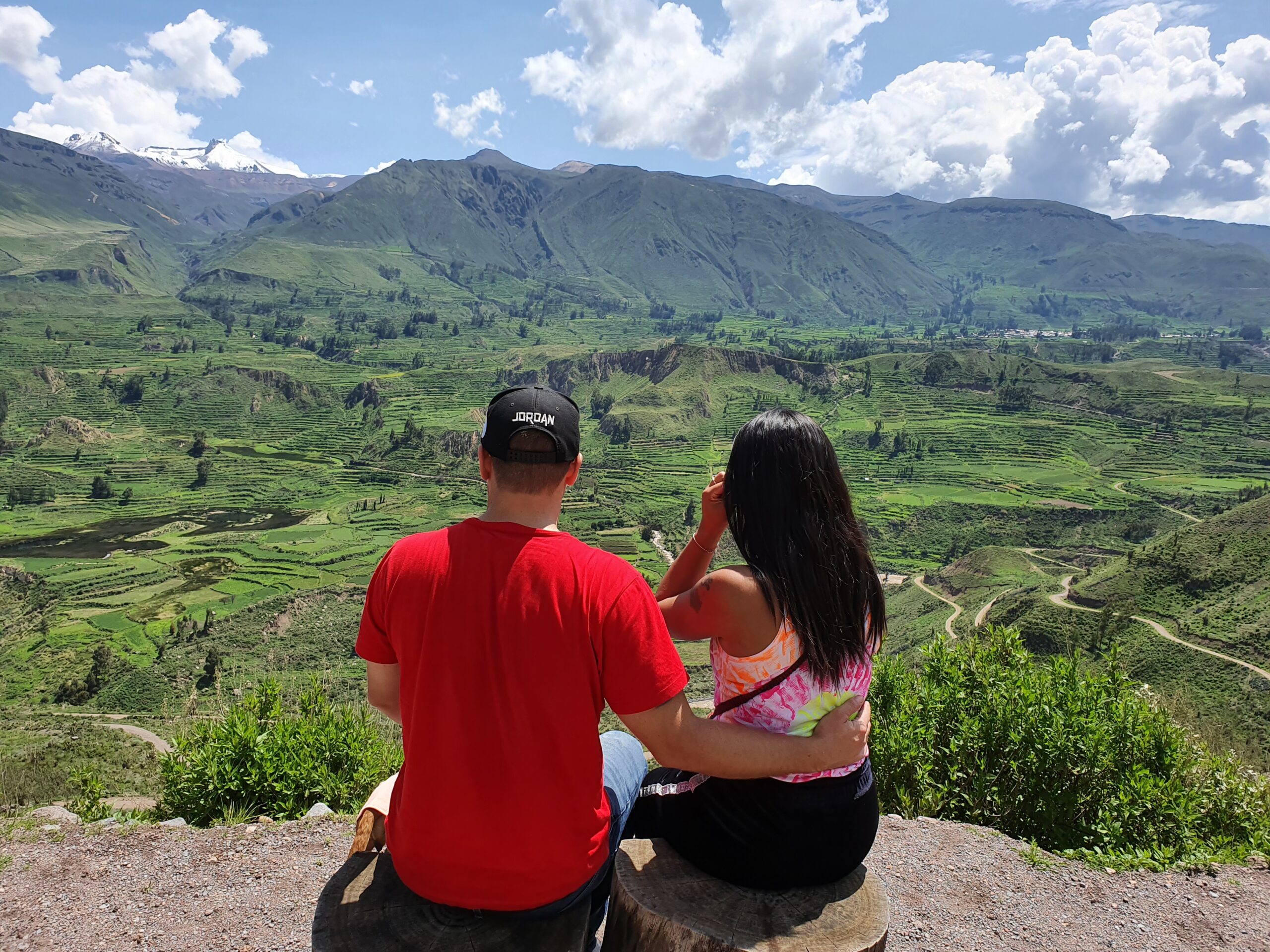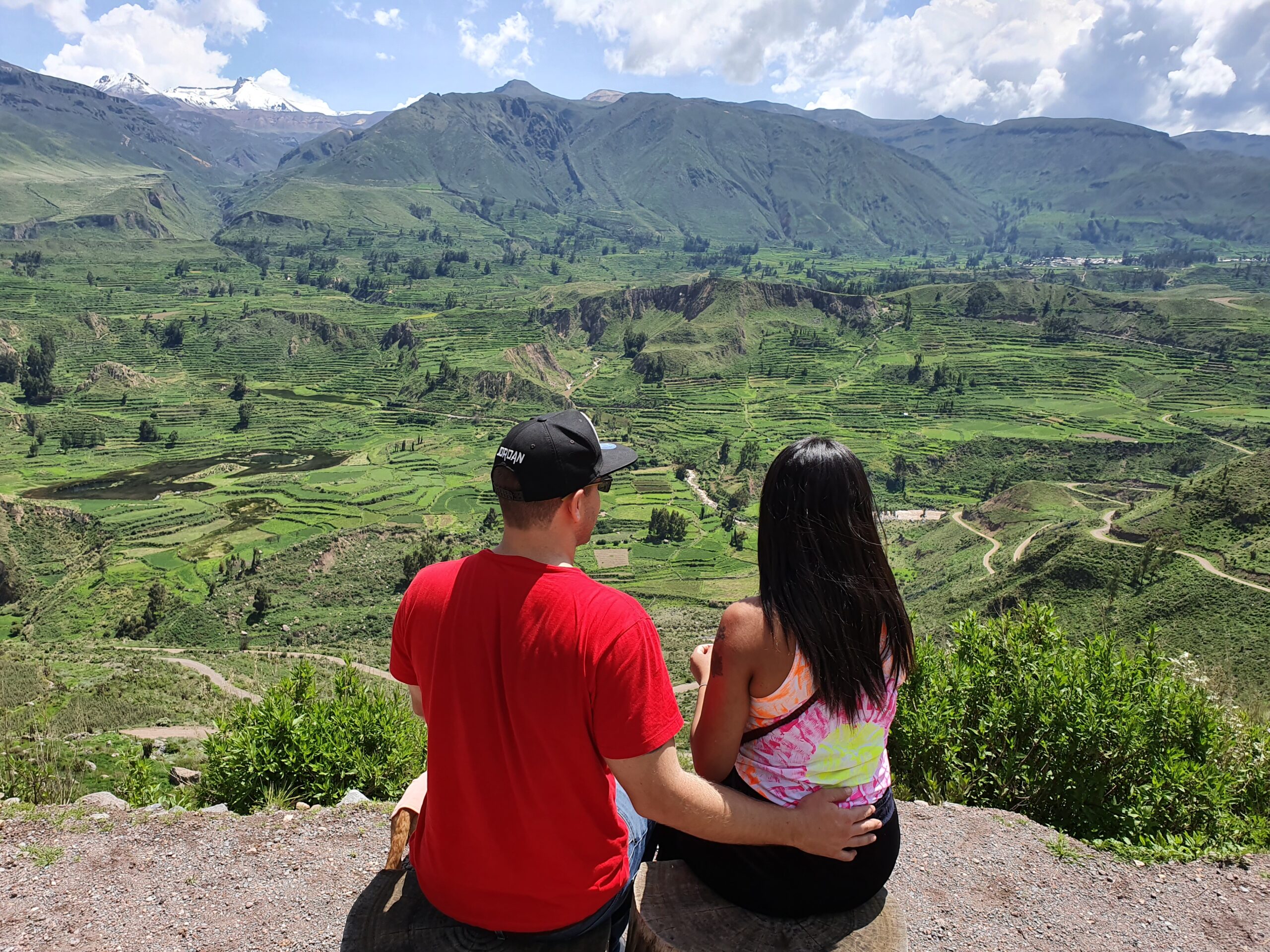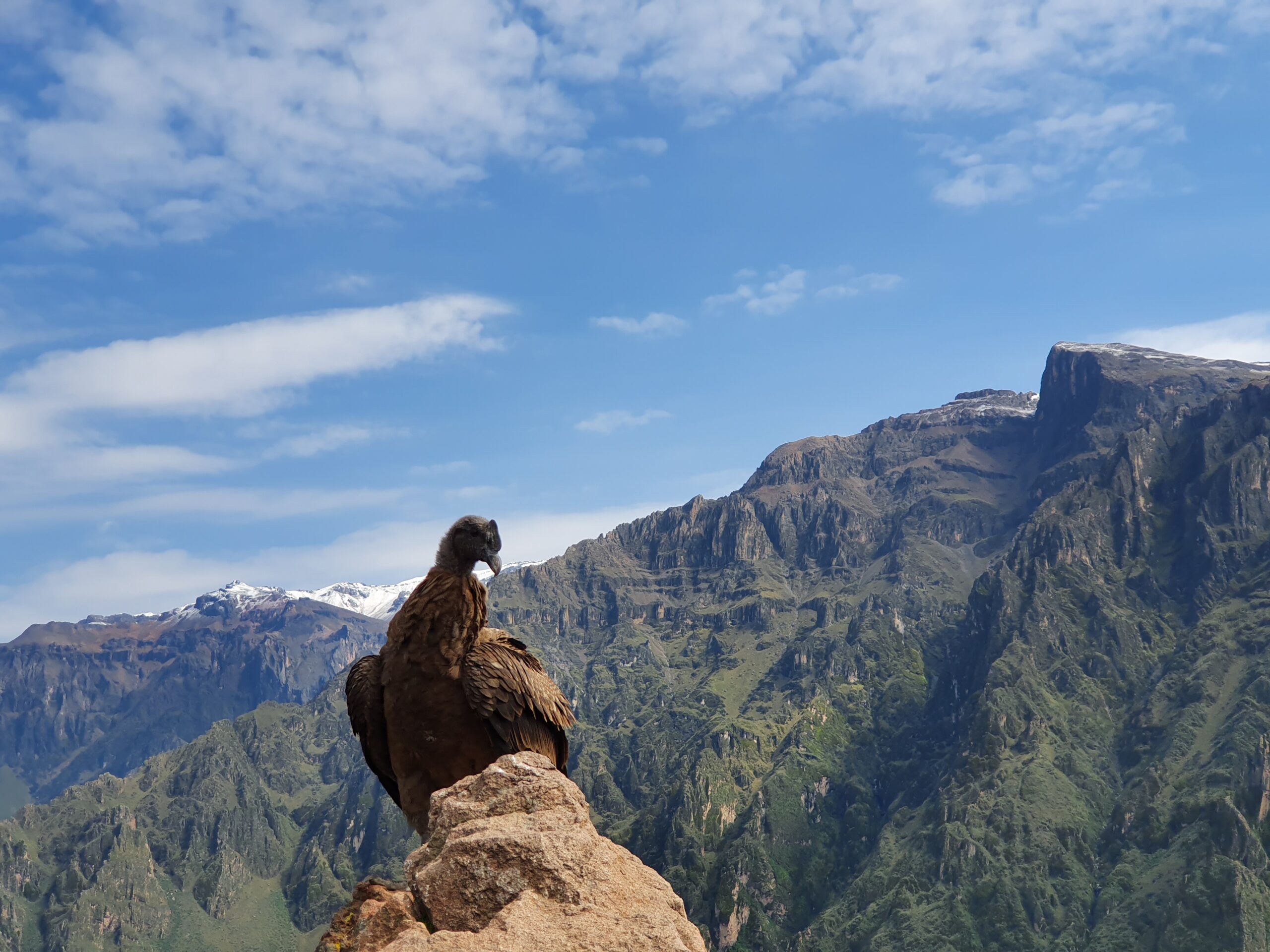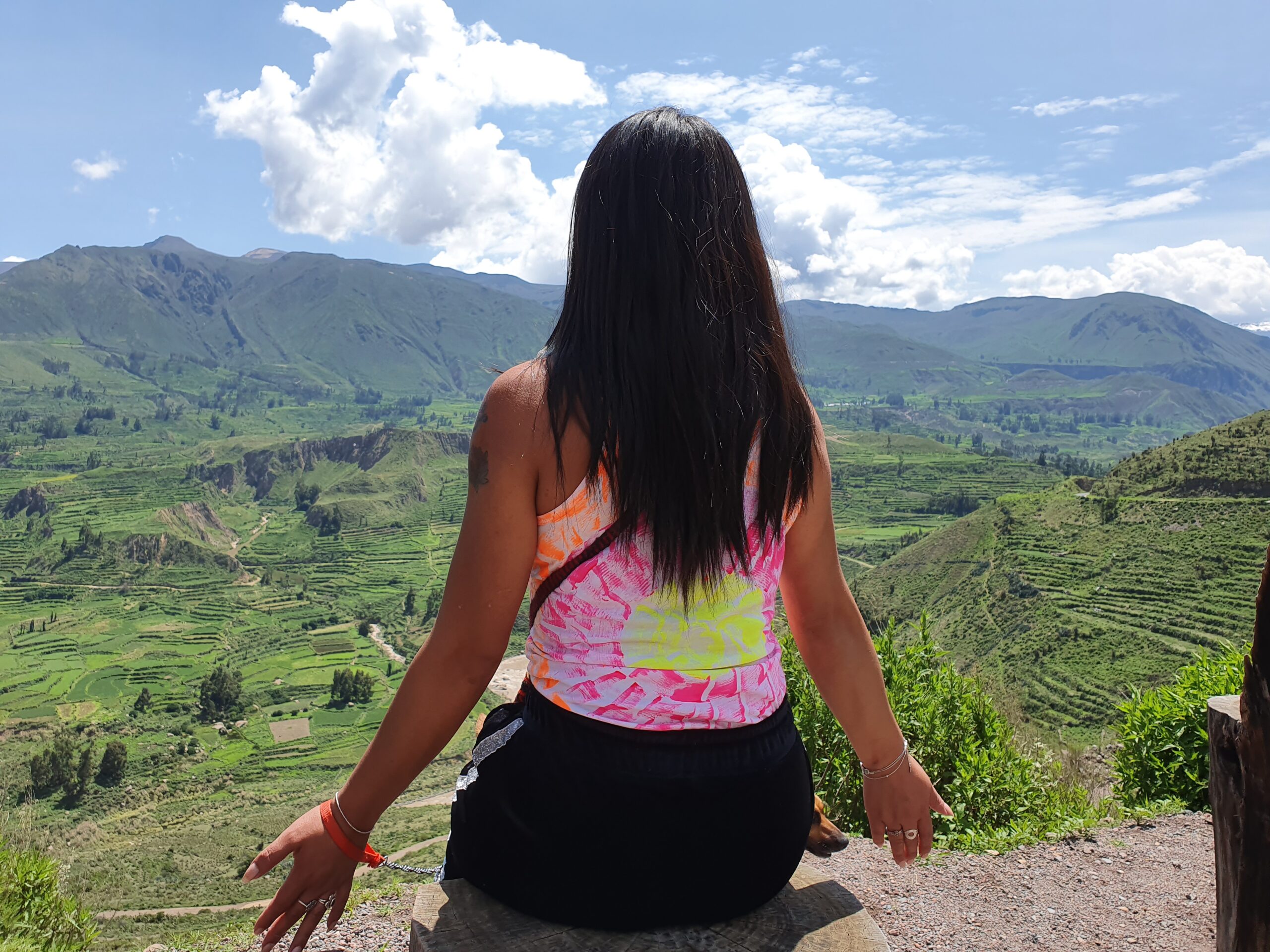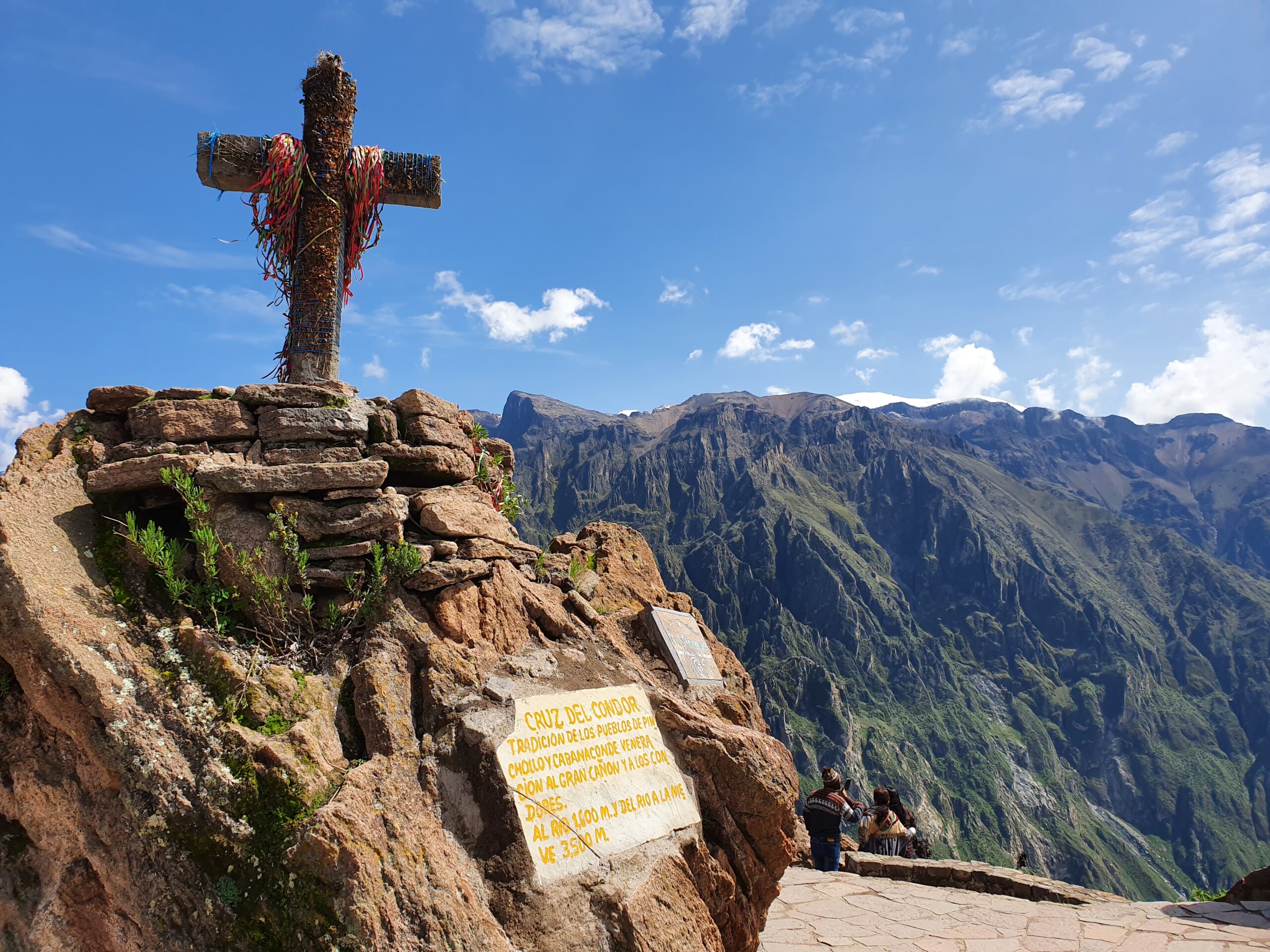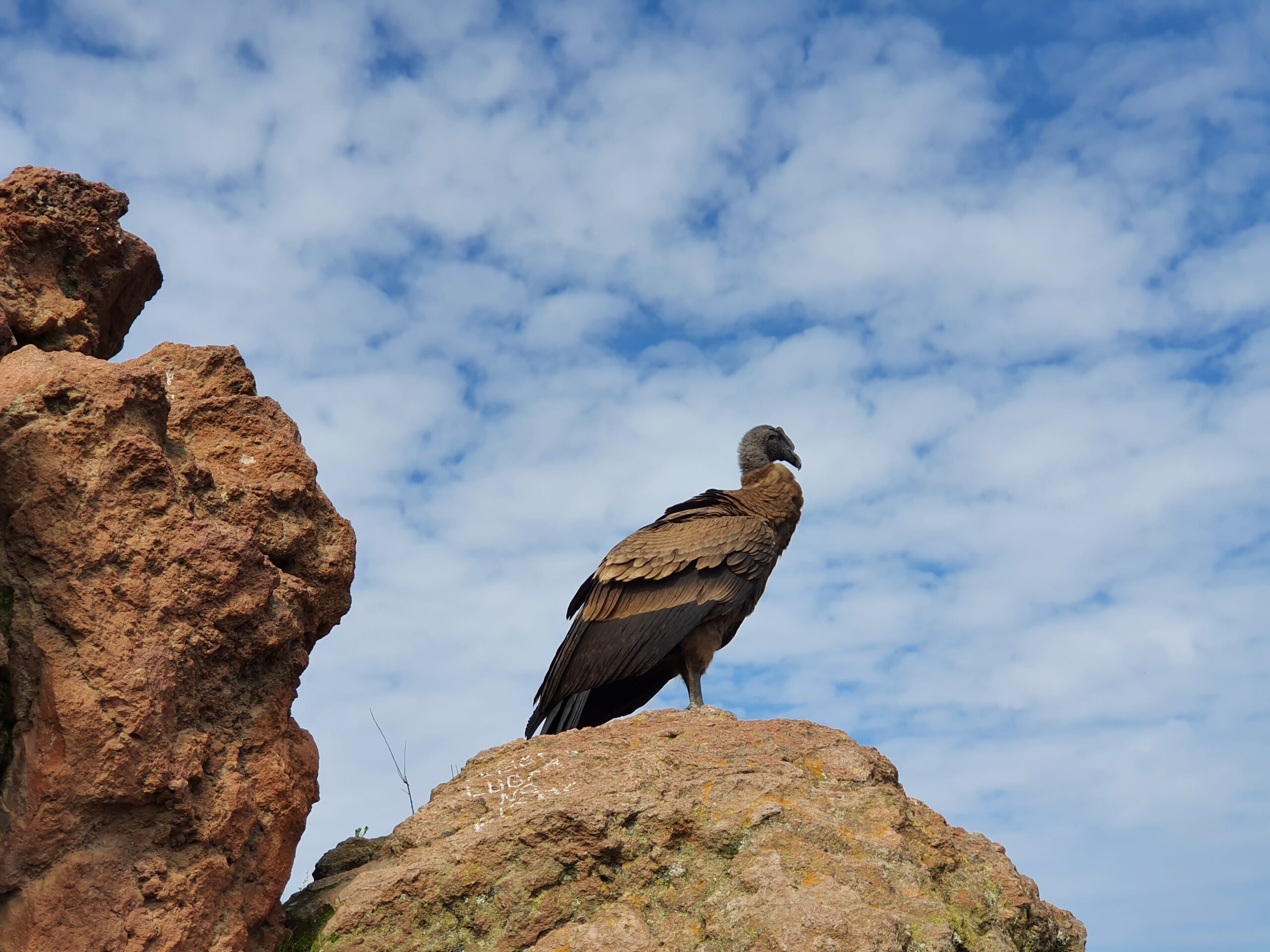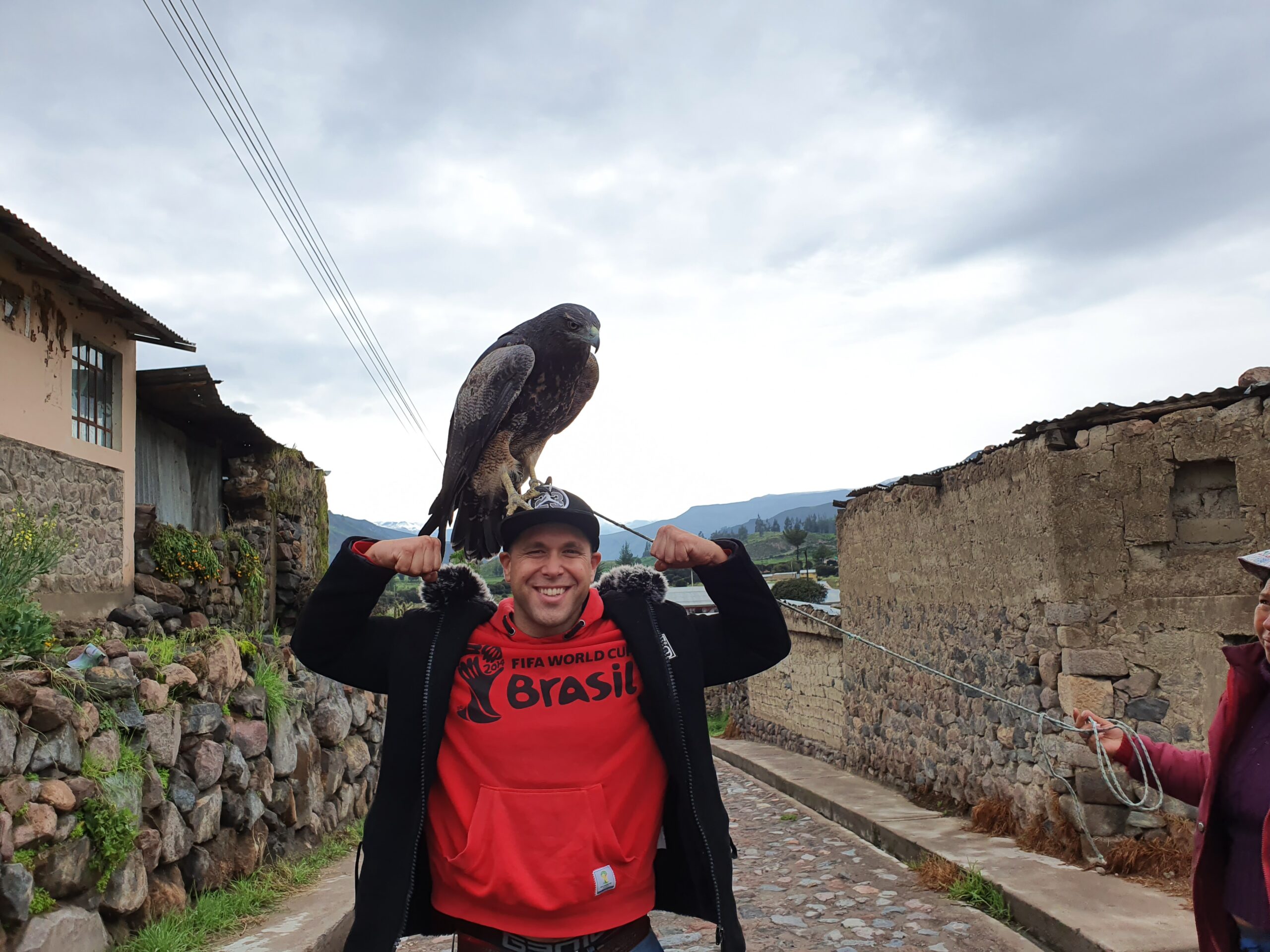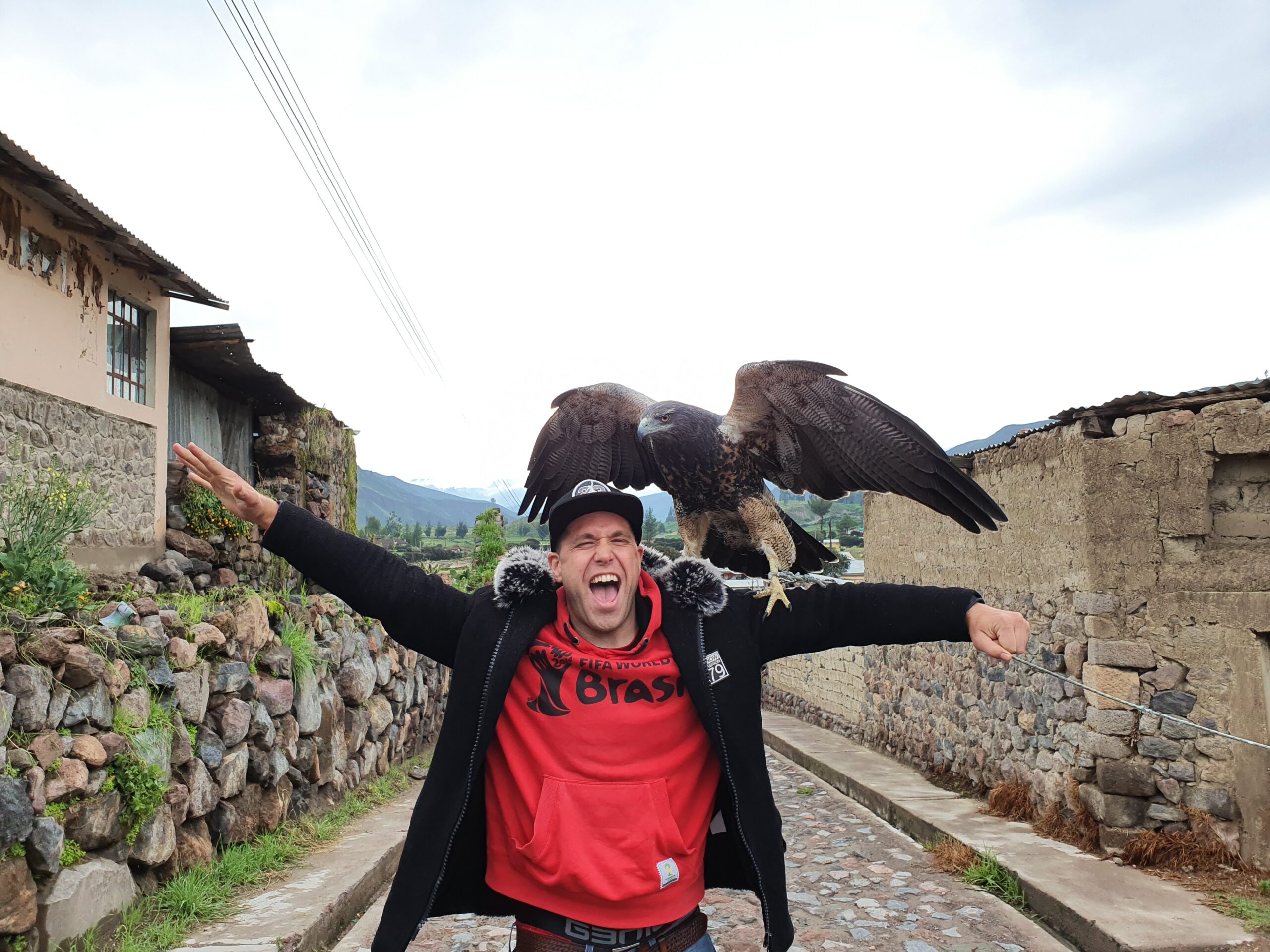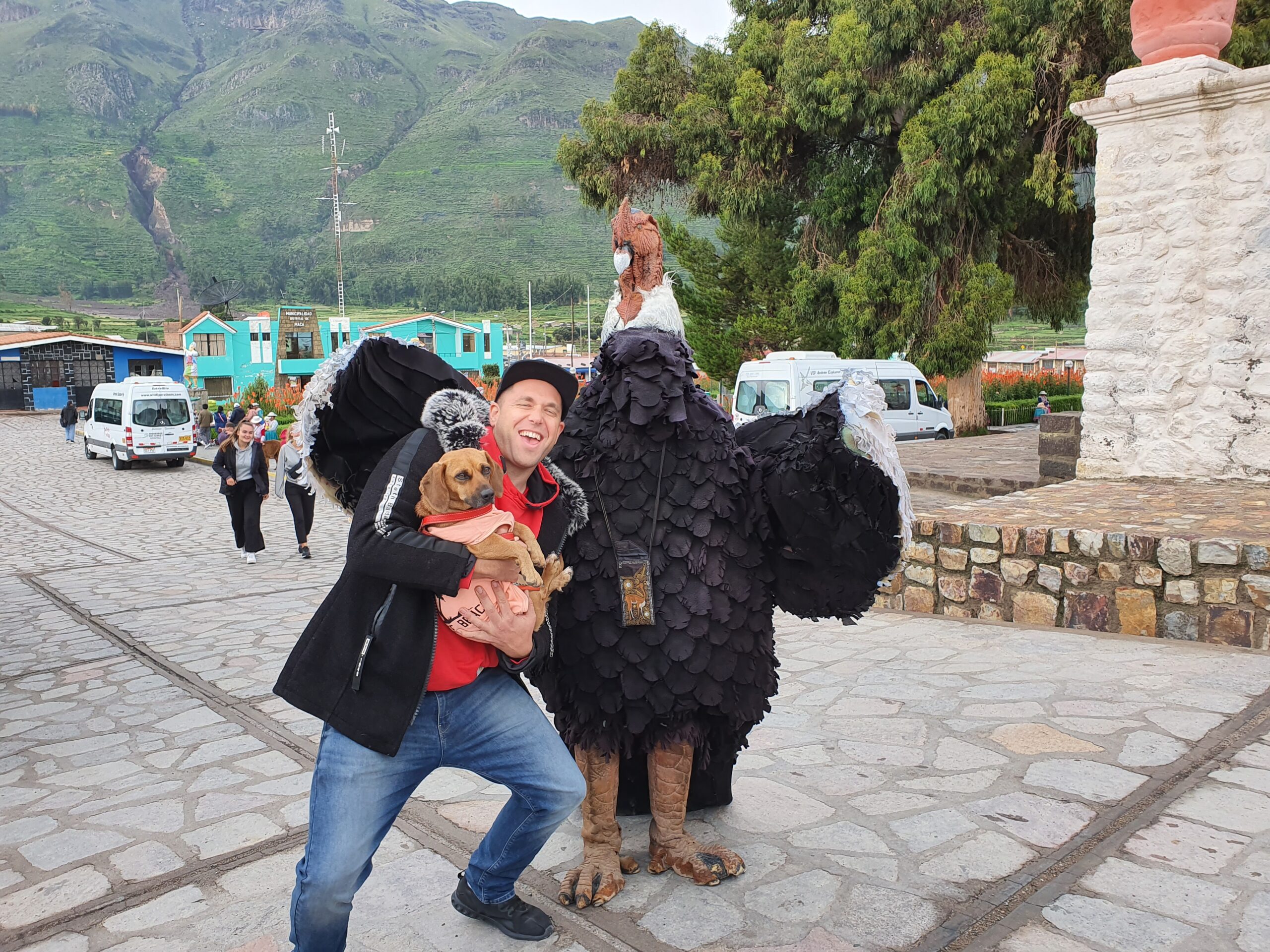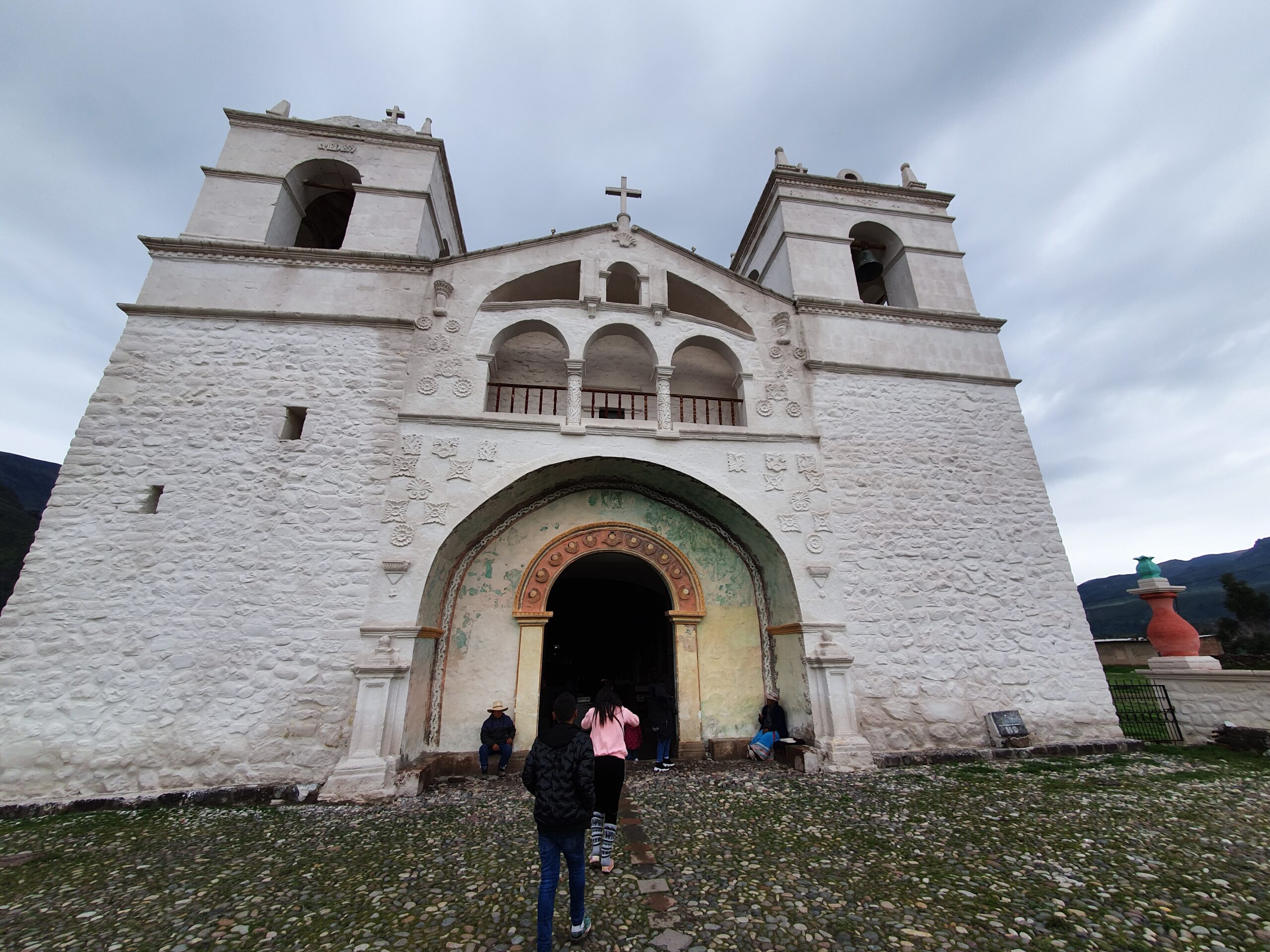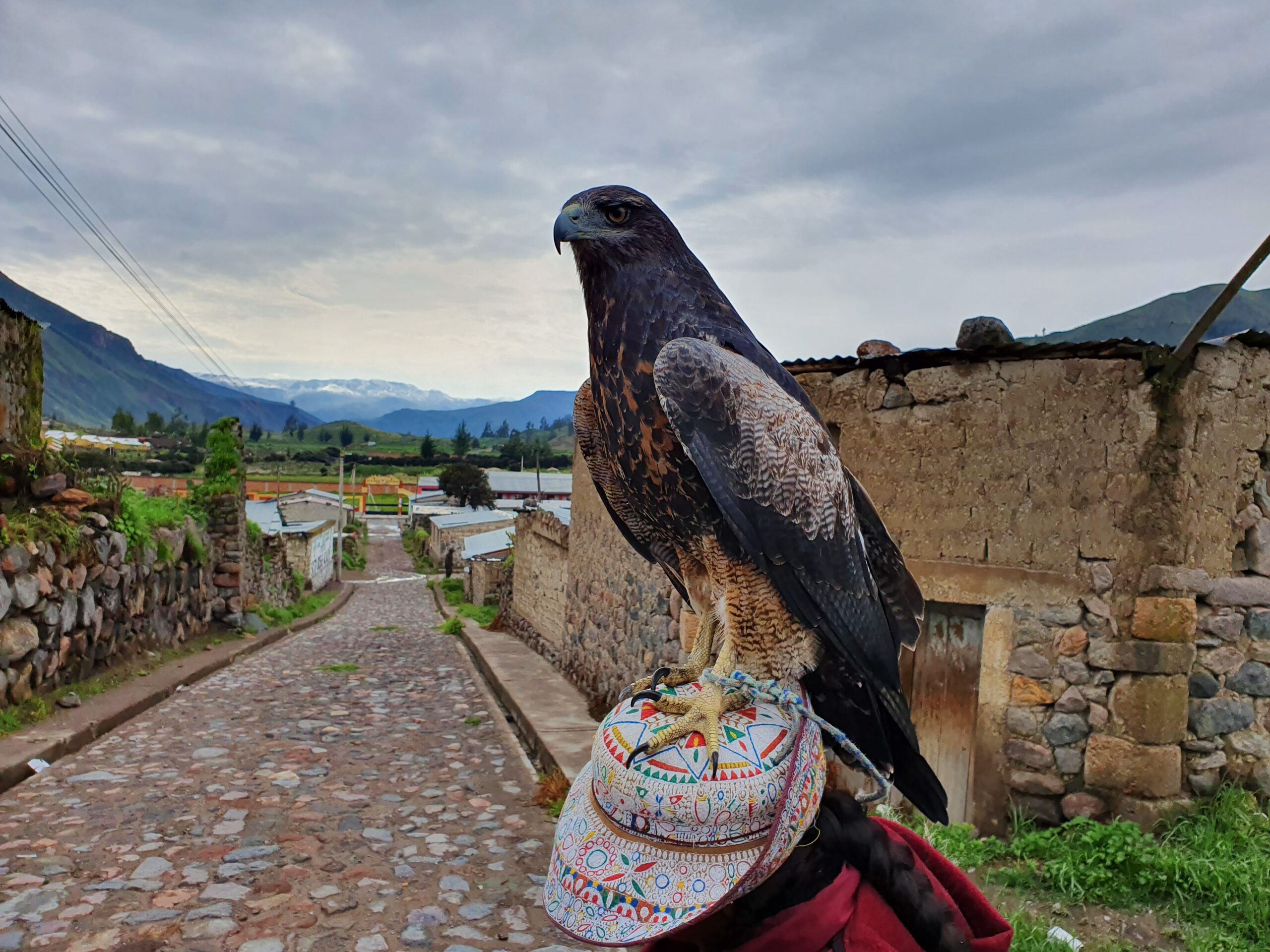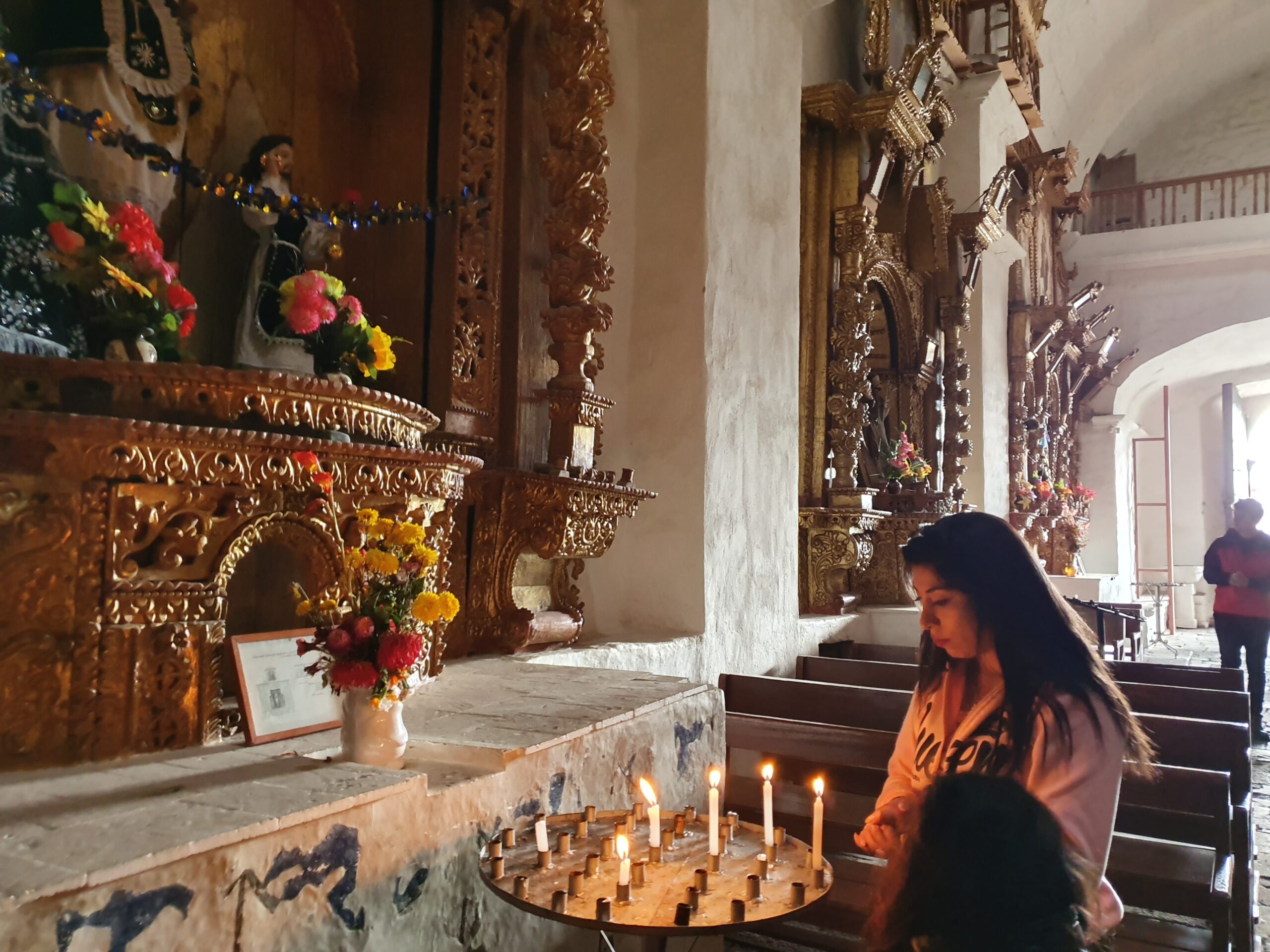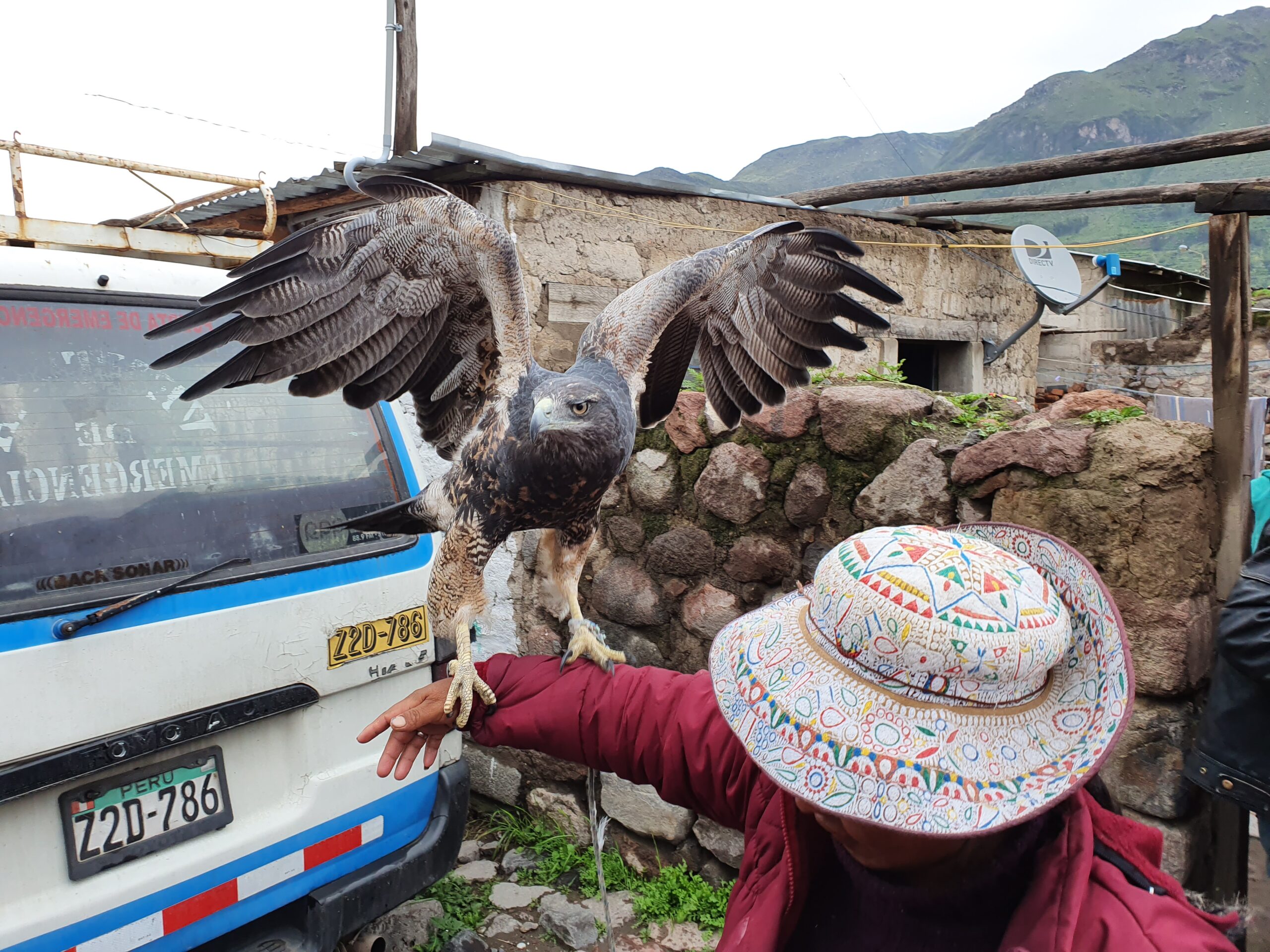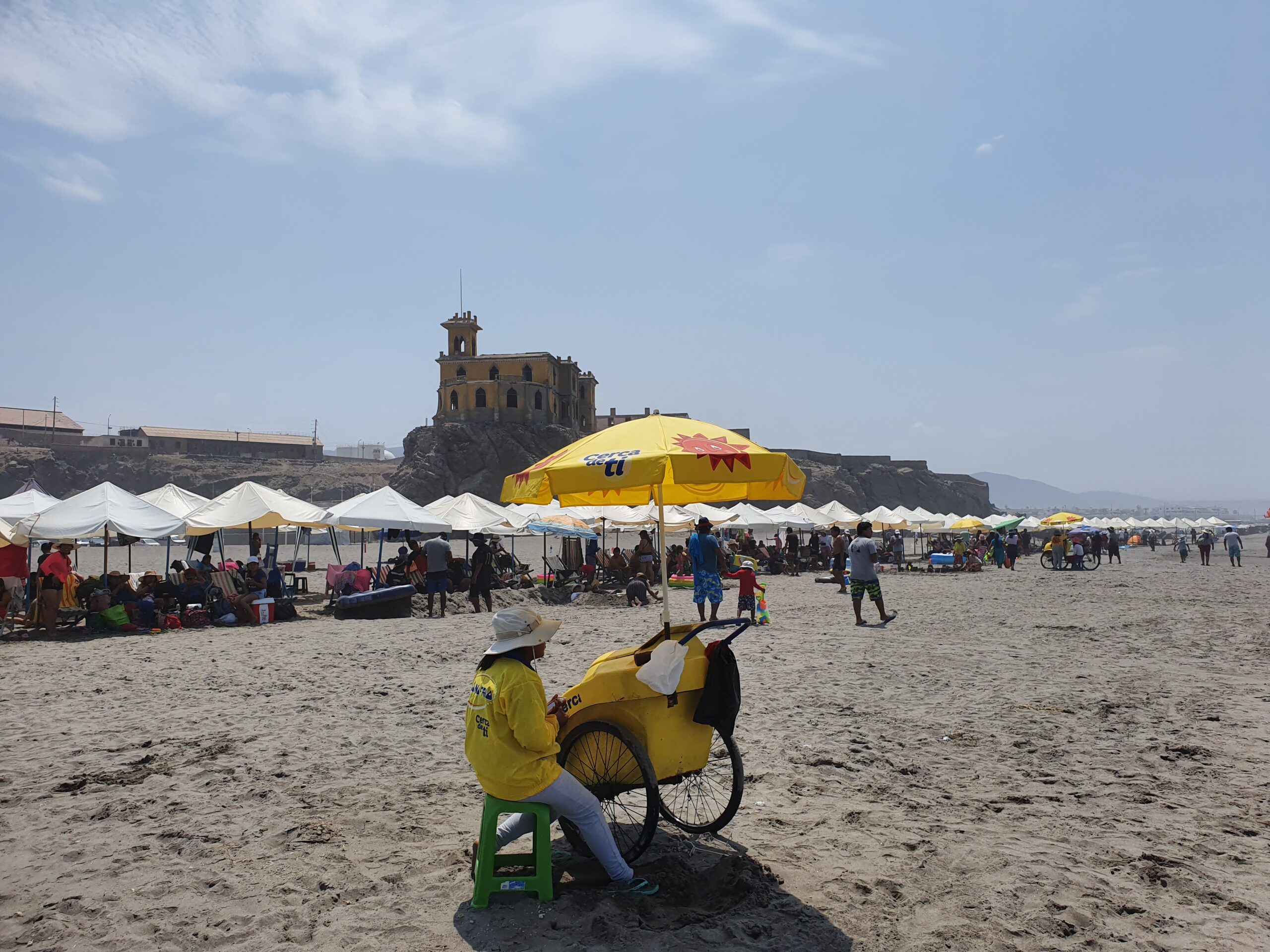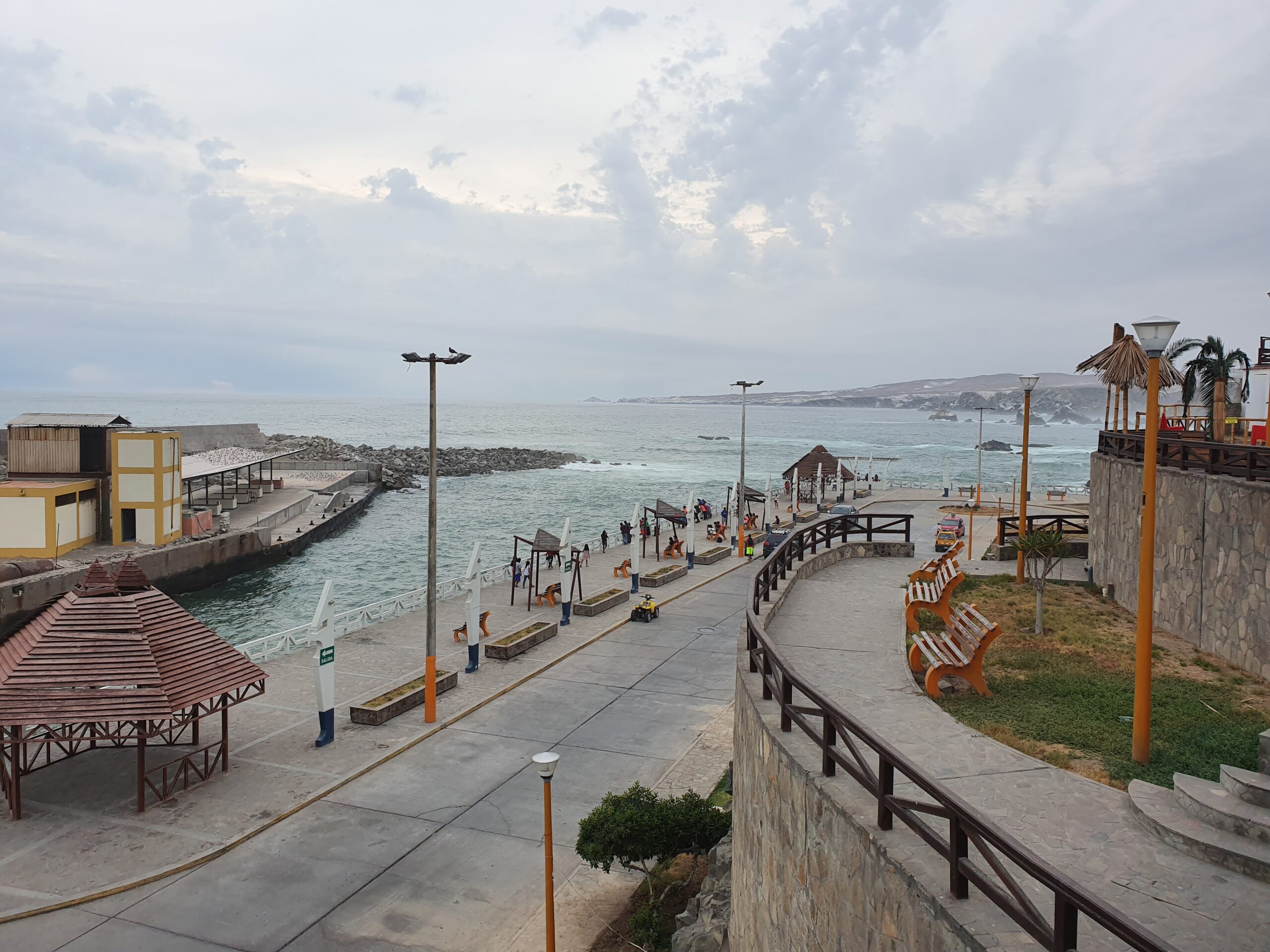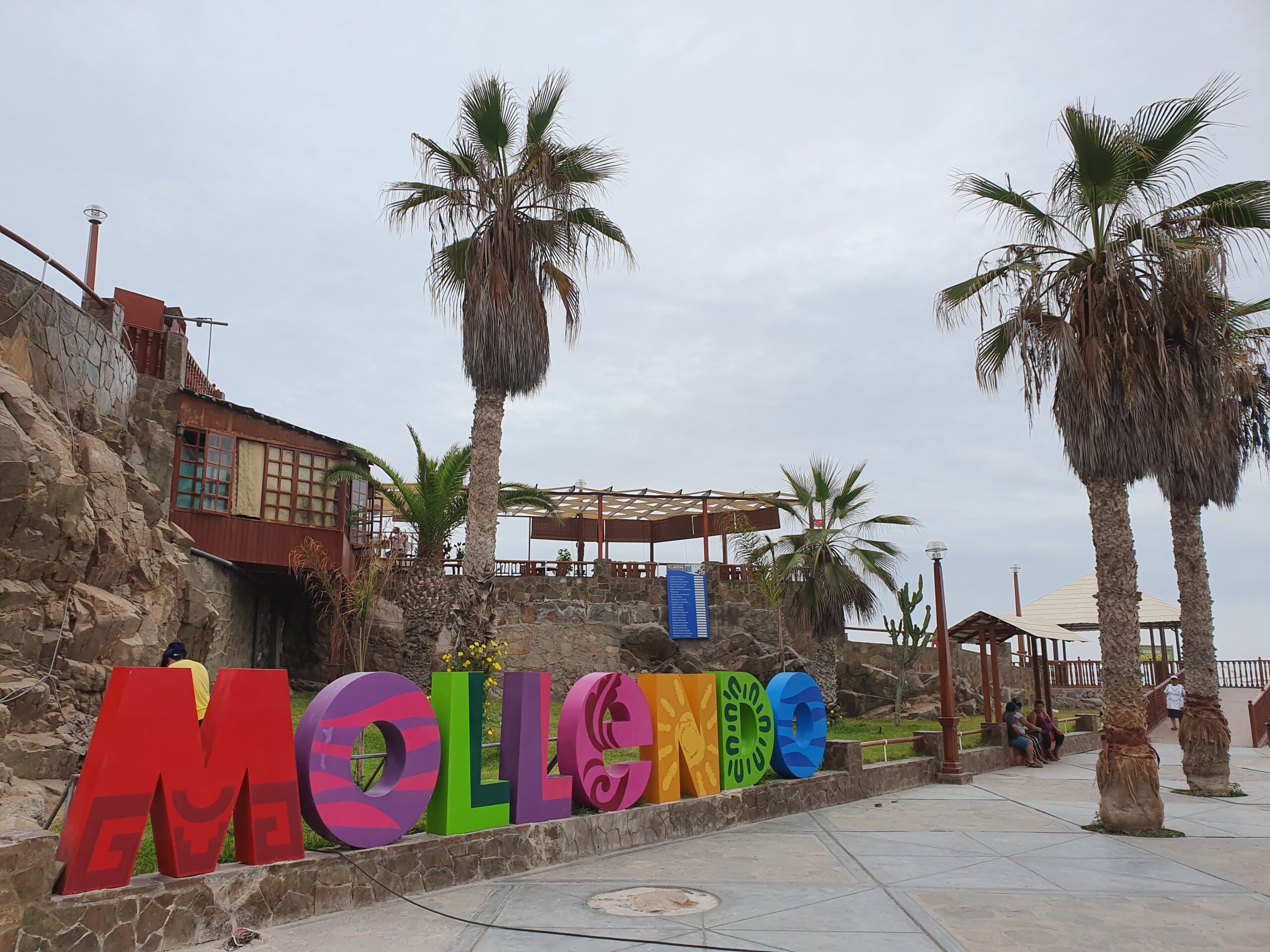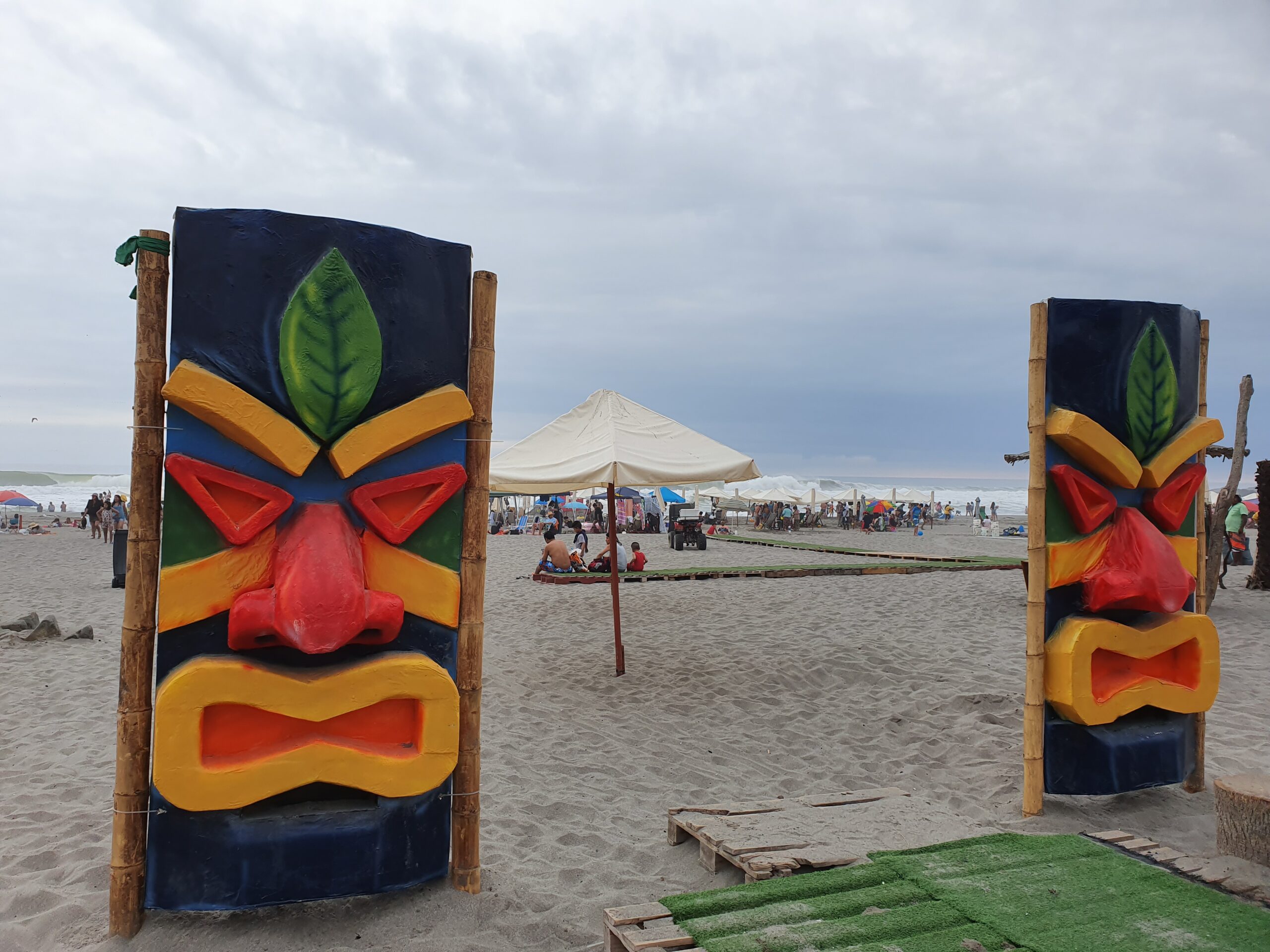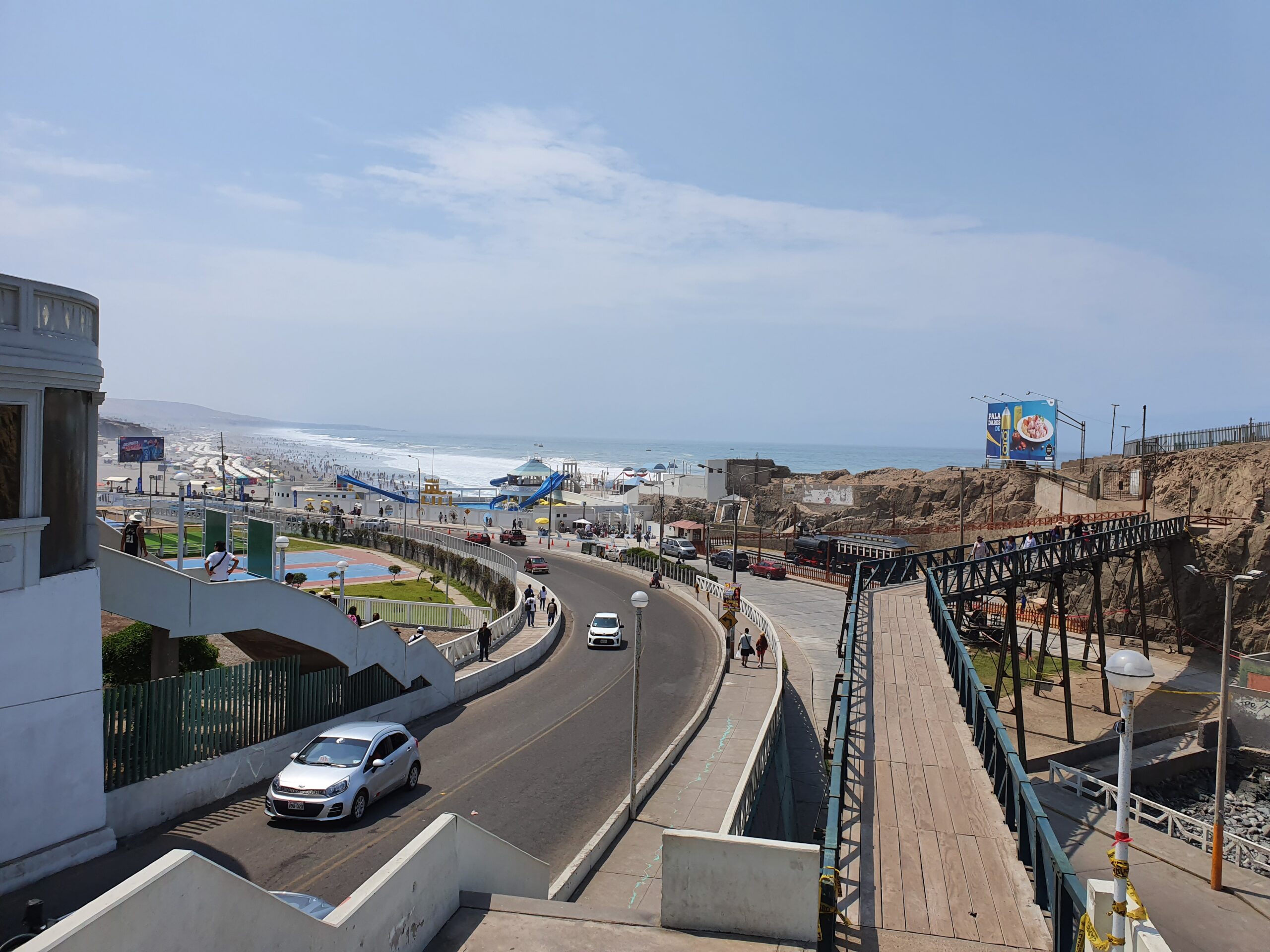When it comes to breathtaking plazas in Peru, Arequipa steals the show. Its 332-hectare historical center consists of countless buildings that are built with volcanic stone. These white blocks are surprisingly sturdy, and give Arequipa’s cathedrals a hypnotic appearance. Their intricate carvings are only outdone by the impressive view of the neighboring Misti volcano. They also paved the way for Arequipa’s nickname, “La Cuidad Blanca”.
Despite having a fairytale like appearance in the main square, Arequipa’s impact on Peruvian history is far from fiction. Regionalism is at an all-time high for Arequipeños, which isn’t surprising since they have always gone against the grain. The area was extremely loyal to the Spanish crown, which was a phenomenon known as fidelismo. Against all odds, multiple notable political figures emerged from Arequipa once Peru gained its independence.
The city was home to plenty of revolutions, and none were more bizarre than the Chilean invasion in the late 19th century. When Lima was occupied by the Chileans during the War of the Pacific in 1882, Arequipa was made the Peruvian capital. The Peruvian president Lizard Montero Flores installed a national congress in the Independence College, but was eventually overthrown and forced to flee to La Paz. From there, the Chilean troops occupied the city until August 1884. Ironically this was done with the support from local authorities, which makes Arequipa an interesting anomaly.
This sprawling metropolis is steeped in so much history that one article can’t do it justice. To learn more about Arequipa’s peculiar impact on Peruvian culture, head over to this article. For those who want to get out and explore, continue reading. It’s no secret that Arequipa is surrounded by interesting places to visit. Between the beaches and mountains, visitors can pick between various extremes and still be impressed. For this reason, we compiled this list of must-see attractions around Arequipa. Each area has a different type of charm, so discover where to go after you get sick of Arequipa’s main square!
Best Places to Visit Around Arequipa
Destination #1: Cañón del Colca – Out of all the places to visit around Arequipa, none can compete with the Cañón del Colca. Boasting paintings that date back 7,000 years, this 3,270-meter (10,730 ft) deep canyon is a fountain of pre-colombian history. It was originally inhabited by the Cabanas culture who moved to the valley from the Lake Titicaca region. In 1320 AD, the Incas first infiltrated the culture and eventually took over the region. This was done by marrying into the culture, which set the stage for a peaceful transition. They brought their agricultural prowess with them, and the valley was filled with terraces that still stand to this day.
Even though Colca’s story is fascinating, its non-human inhabitants steal the spotlight. Thanks to its diverse amount of microclimates, Colca is bursting at the seams with wildlife. It’s home to the Andean condor, and tourists can witness this impressive animal from the Cruz del Condor mirador. These animals have 7 to 9 feet wingspans and live to be 60-70 years old. This longevity and graceful appearance has made them the subjects of countless native religious practices and folklore. We got lucky and had one pose for us, which was the first time our guide had seen this in 11 years. The condors don’t always appear, so test your fortune by taking the tour!
Destination #2: Maca – When the Spaniards entered the region between the 1540’s and 1570’s, the entire Colca valley was restructured. The Spanish viceroy Francisco de Toledo consolidated the scattered native communities into centrally located settlements. These communities still stand to this day. Out of the towns, our tour visited Maca. Even though it doesn’t produce the infamous maca powder, this area boasts the name of Peru’s most nutrient-dense root.
Over the years, Maca has managed to maintain its old-fashioned style. The main focal point is its vibrant plaza and the Santa Ana de Maca cathedral. This building was constructed in 1759, and was partially destroyed by an earthquake in 1991. Fortunately for visitors, it was rebuilt in 2006 by the Cooperación Española. Today the tours mostly revolve around taking pictures with llamas, eagles and drinking colca sour cocktails at 7am. It’s an intoxicating place to visit, so let loose in a forgotten era!
Destination #3: Mollendo – Even though this is a humble fishing village, for two months out of the year it comes to live. This is due to the fact that Peruvians go on summer vacation from late December till the beginning of March. Watching the town get invaded by hoards of people who want to party is interesting, since it’s a theme that has repeated itself throughout history. Unbeknownst to most visitors, Mollendo has been taken over multiple times by various conquerors.
In 1300, the Peruvian South Coast was submitted under the control of the Incan empire by the legendary Inca Mayta Cápac. Sixty-three years later, Cápac Yupanqui elected four generals to lead 20,000 soldiers along the coast. His son Sinchi Rocca led one of these battalions, and managed to conquer the remaining coastal civiliations. This sealed the Inca’s control over the Changos, who were currently occupying the Islay provinces. The area was later conquered by the Spaniards, but Mollendo’s power struggle was far from over.
During the War of the Pacific, Mollendo became ground zero in Chile’s efforts to defeat Peru. Knowing that this was a key port and transportation route, the Chilean Collonel Orozimbo Barbosa invaded Mollendo. While the Chilean forces were resounding, Mollendo was only being meagerly defended. They had one fort, and their only cannon had been sent to Arequipa a few days earlier. Faced with no viable way to defend themselves, the Peruvians immediately surrendered. This allowed the Chileans to take control of the town without firing a single shot.
The neighboring port of Islay was also taken hostage, and within months Arequipa had fallen. During the occupation, the 3rd Chilean Line Infantry routinely looted houses throughout Mollendo. Even though the first invaders ransacked the place, modern visitors don’t have to continue this barbaric tradition. There’s no reason to rape and pillage, so settle for a beer and ceviche to enjoy the beach like a pro!
